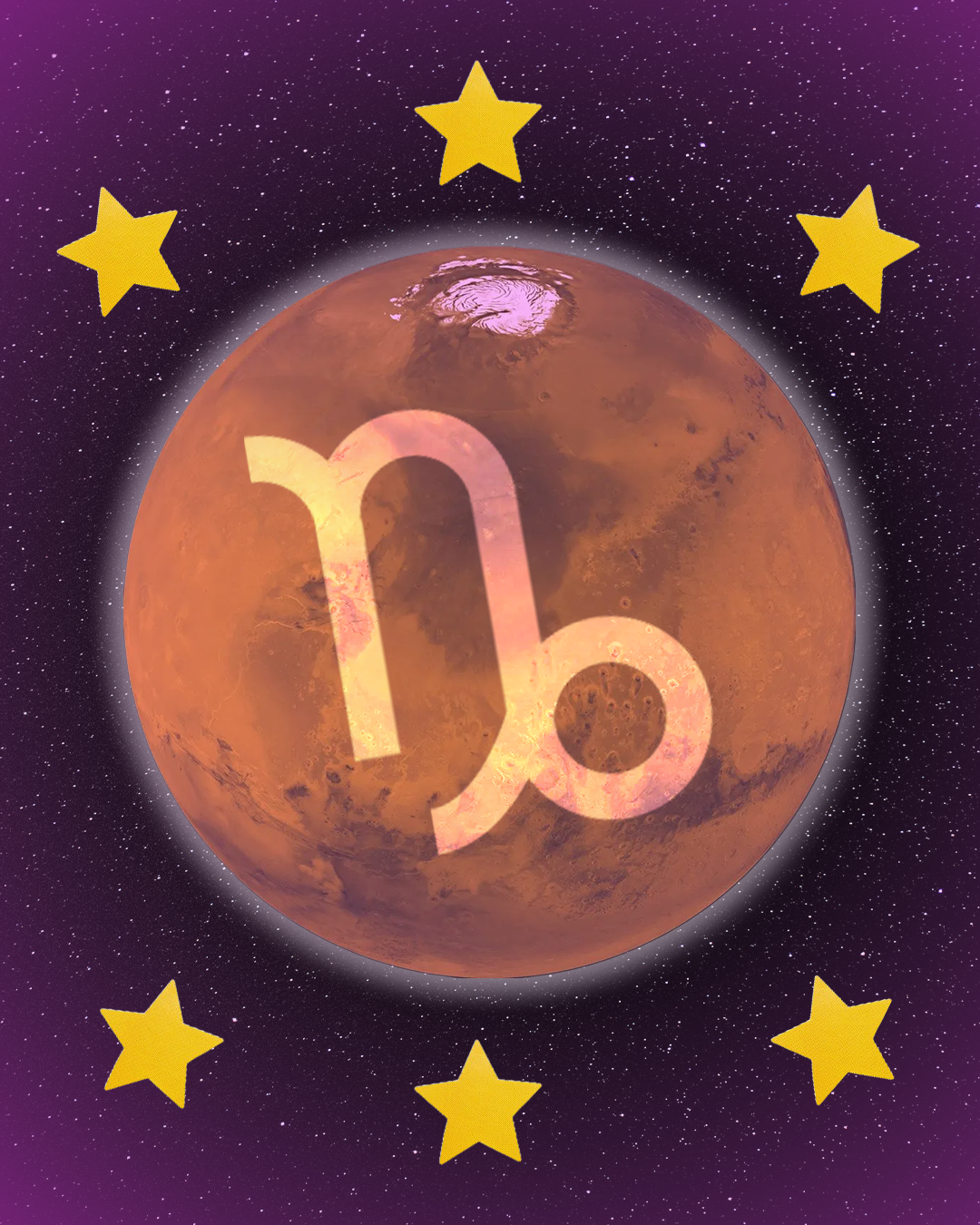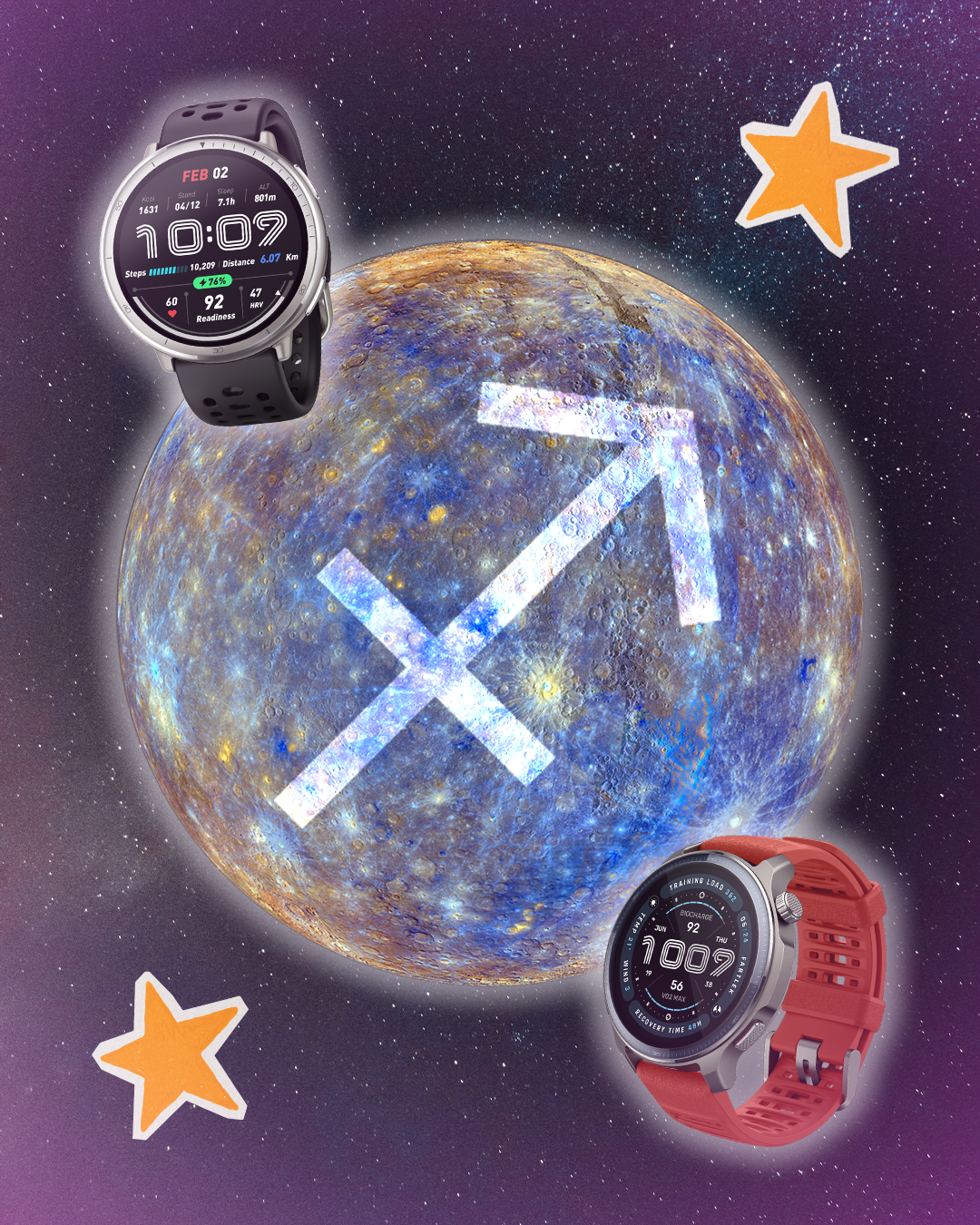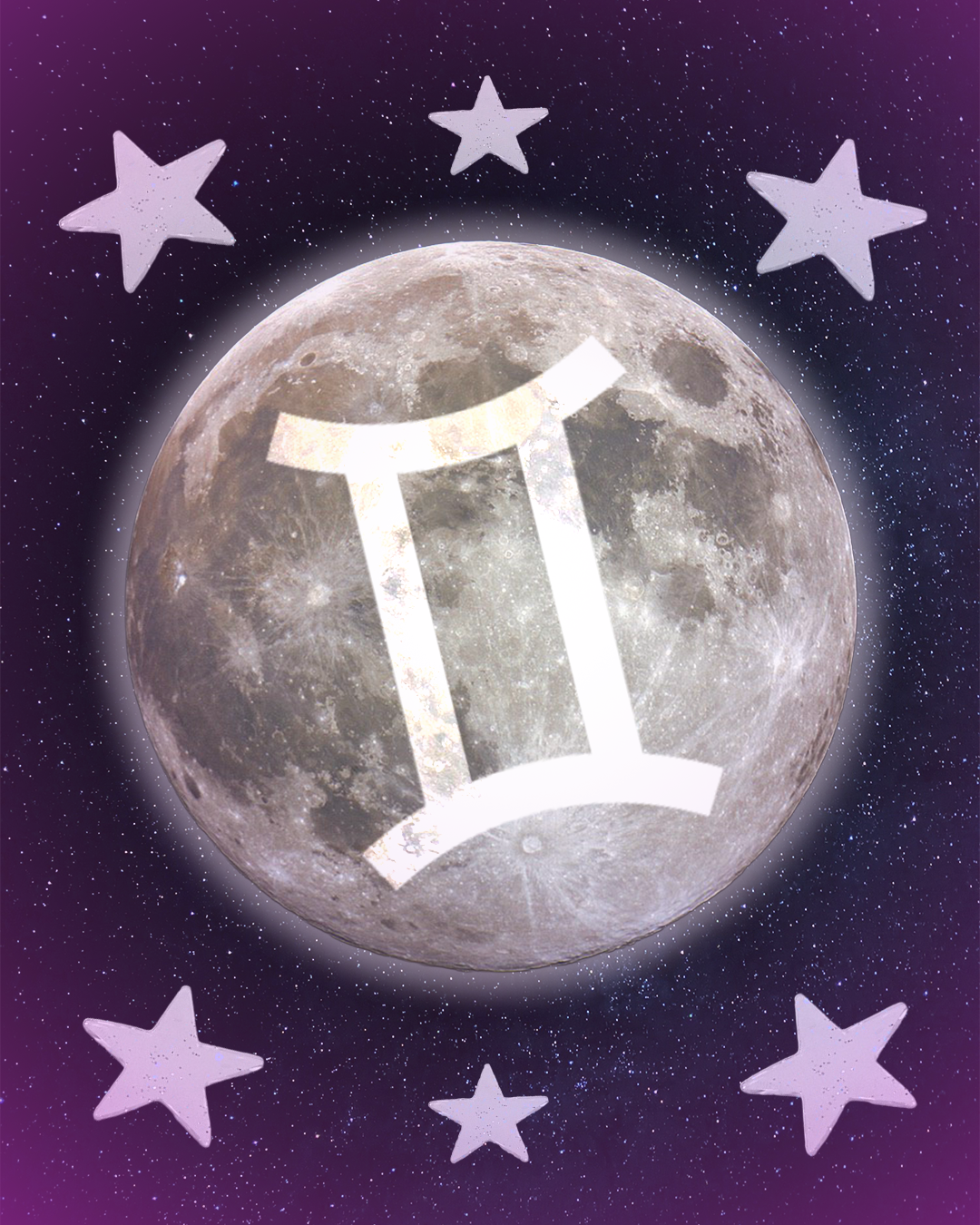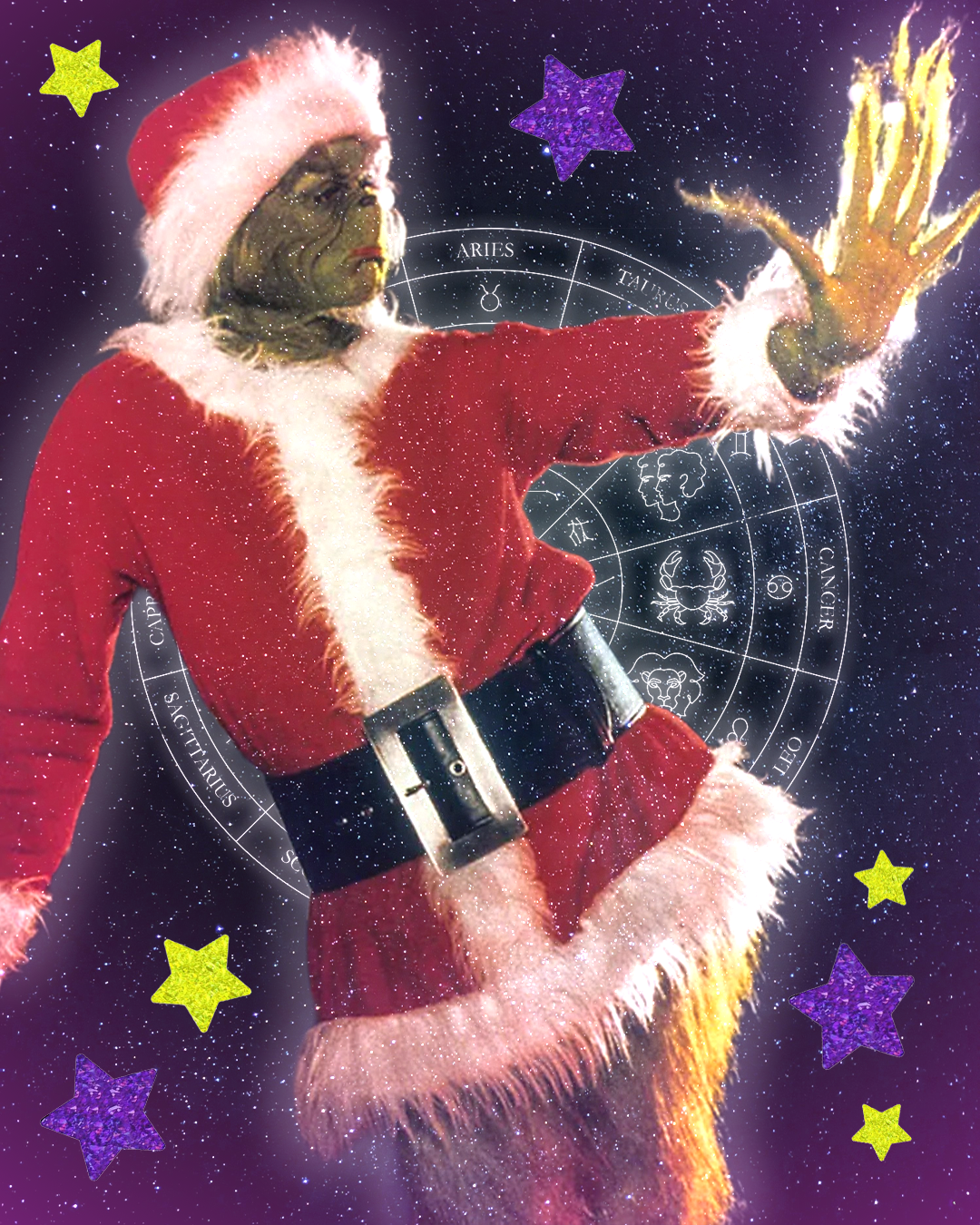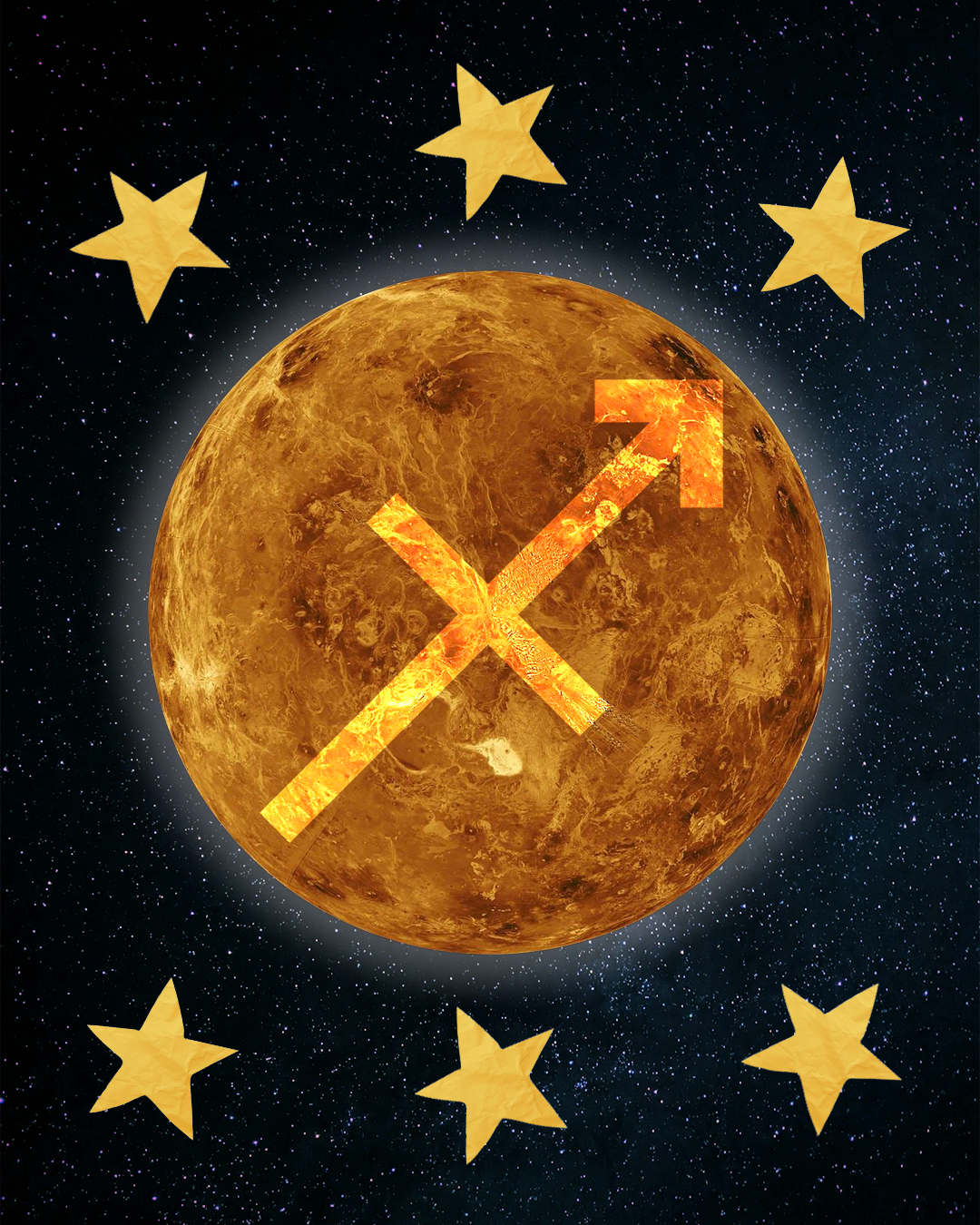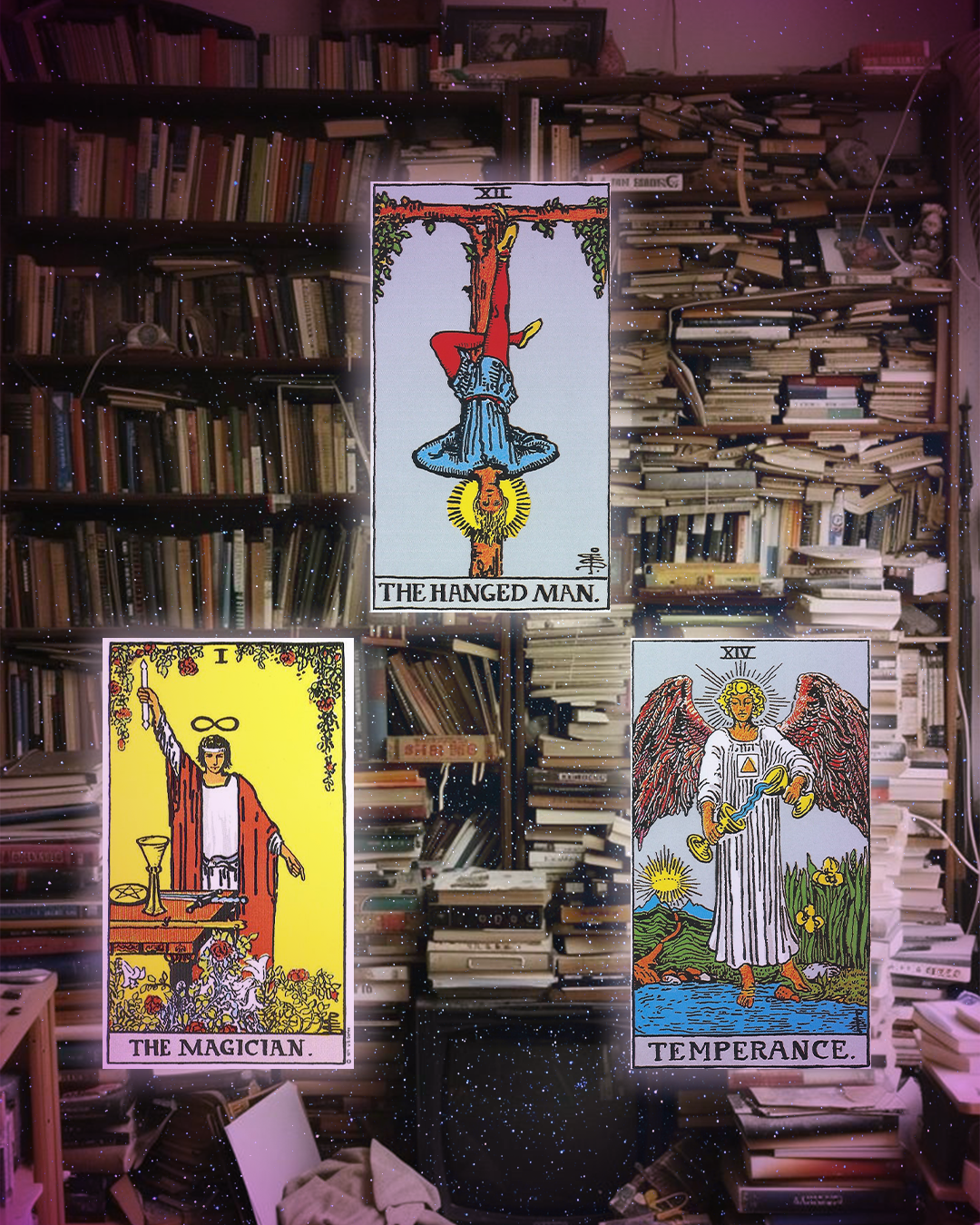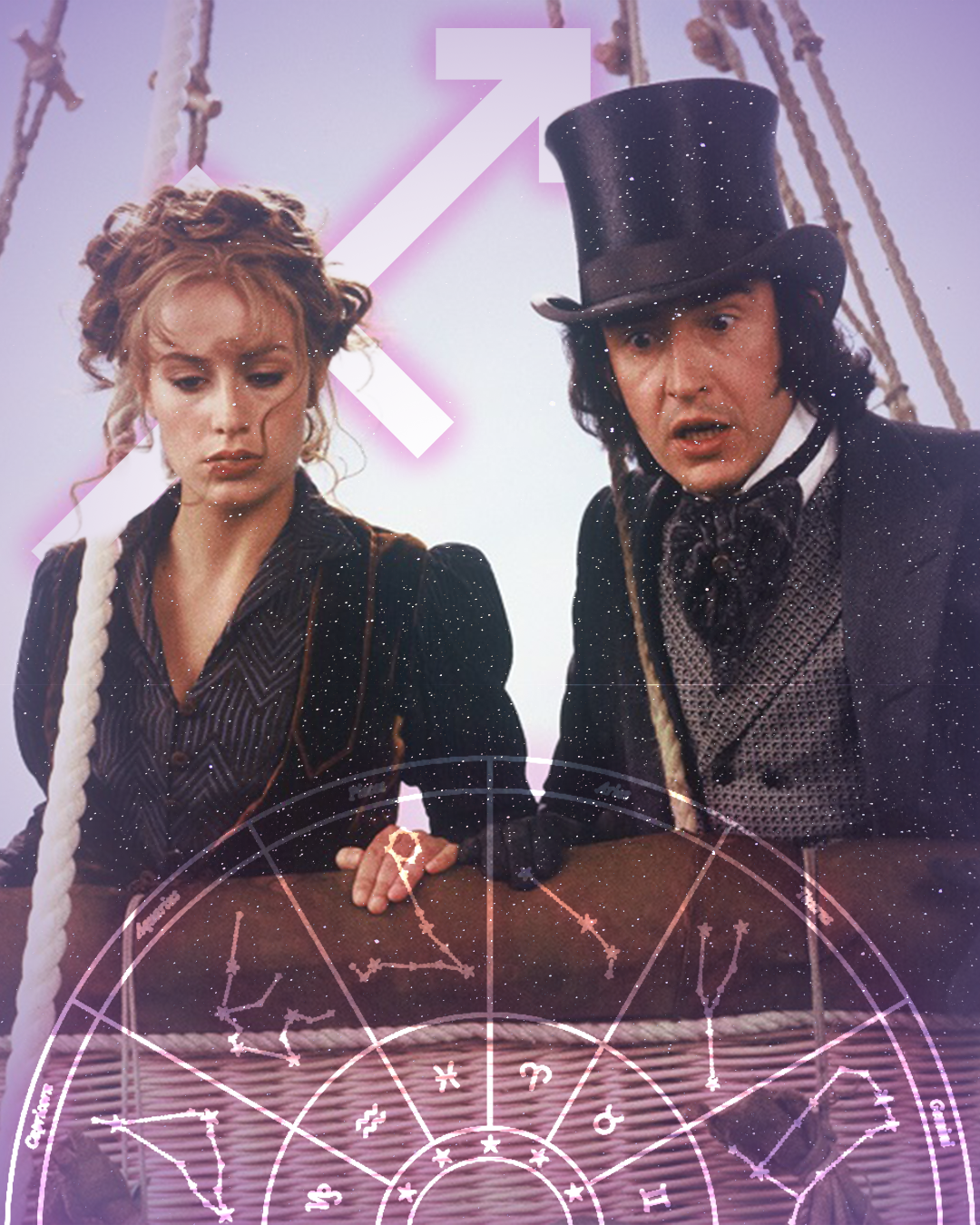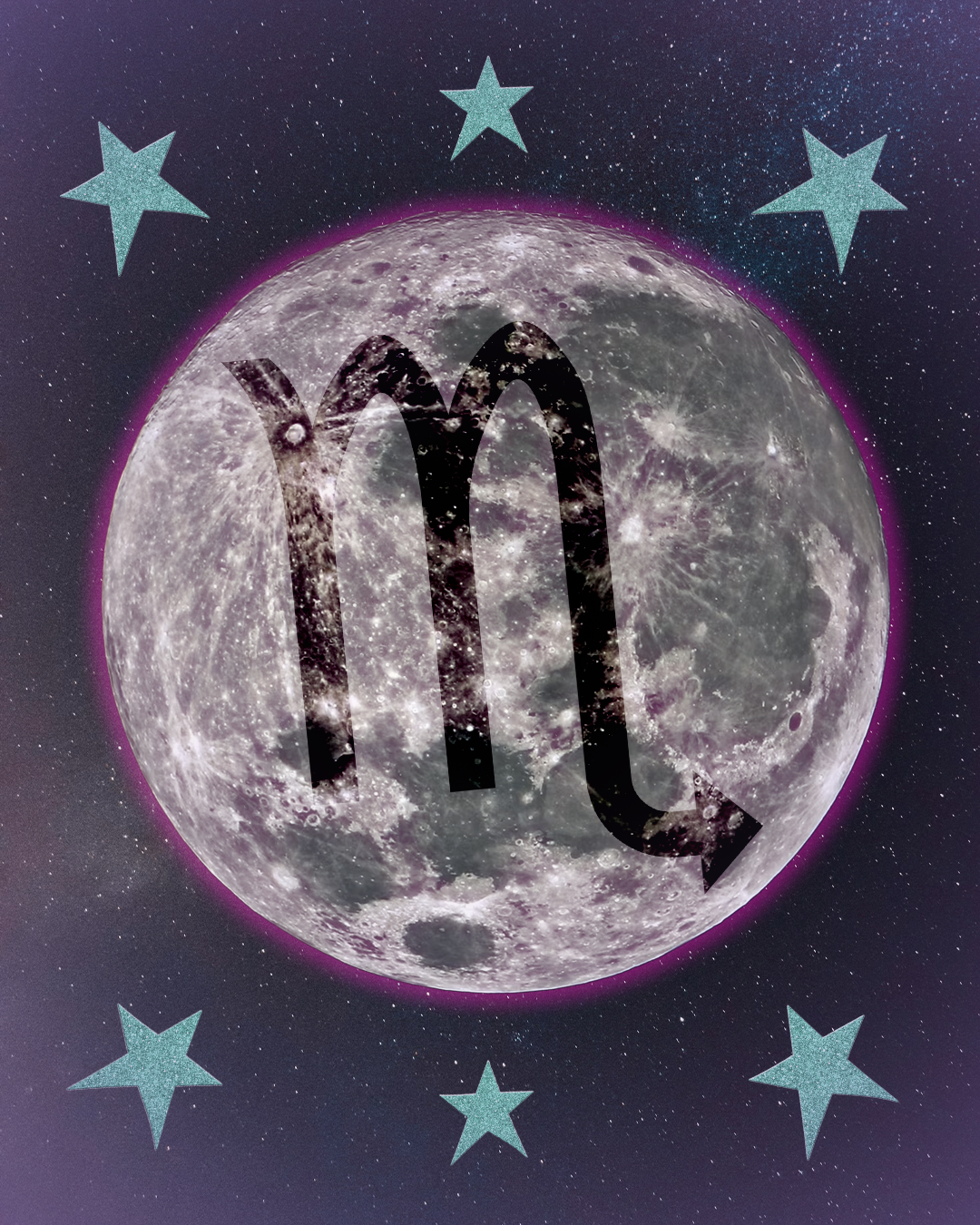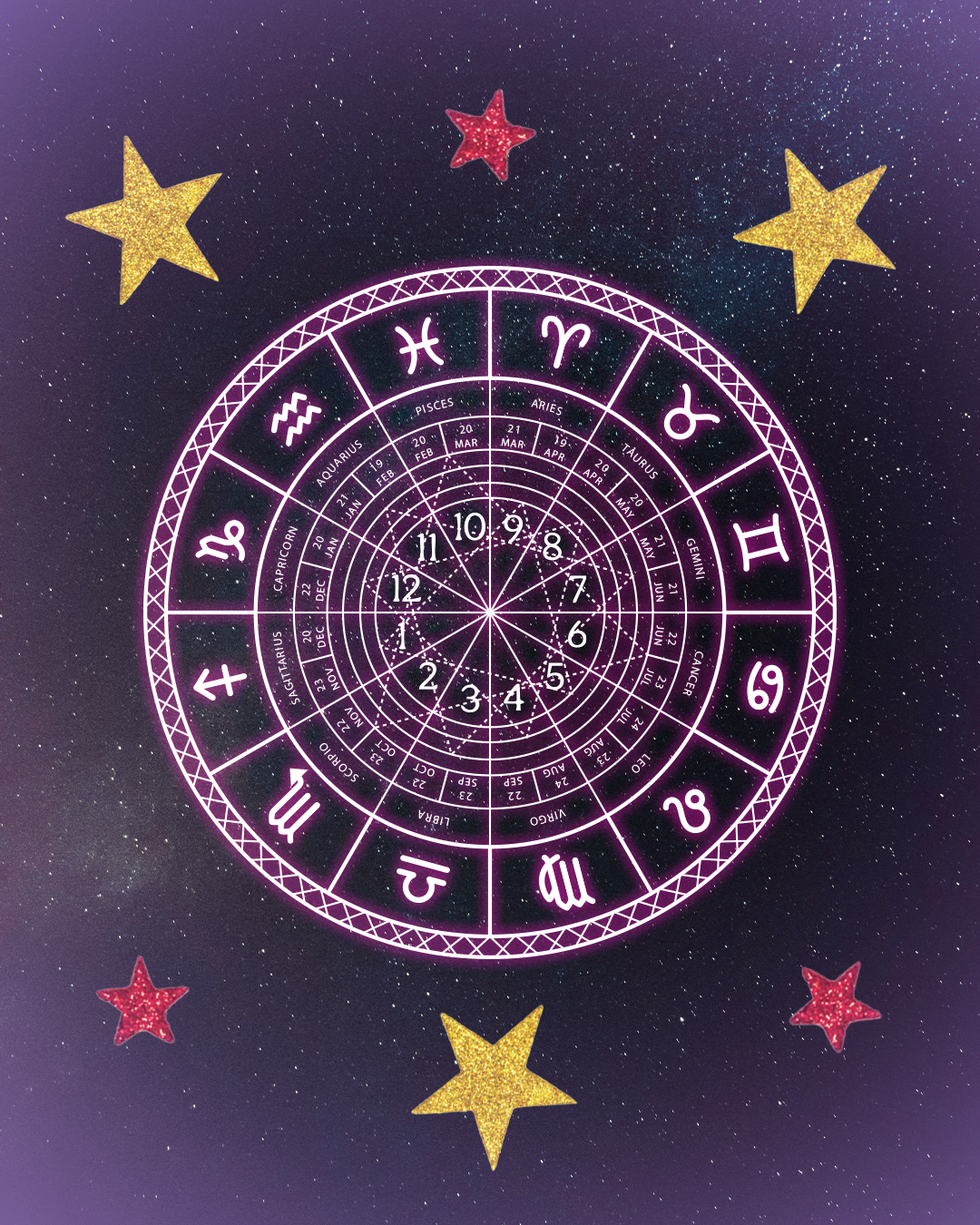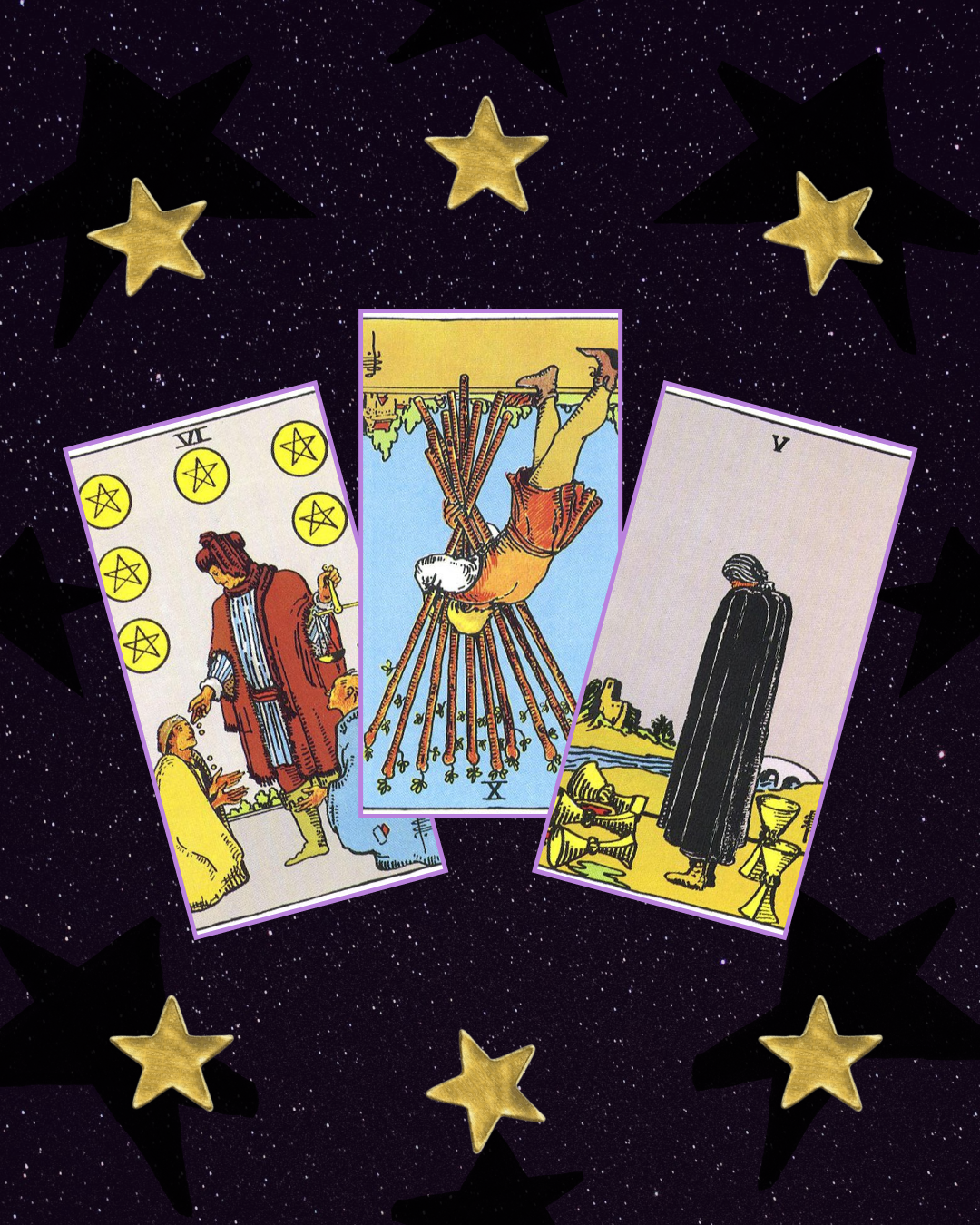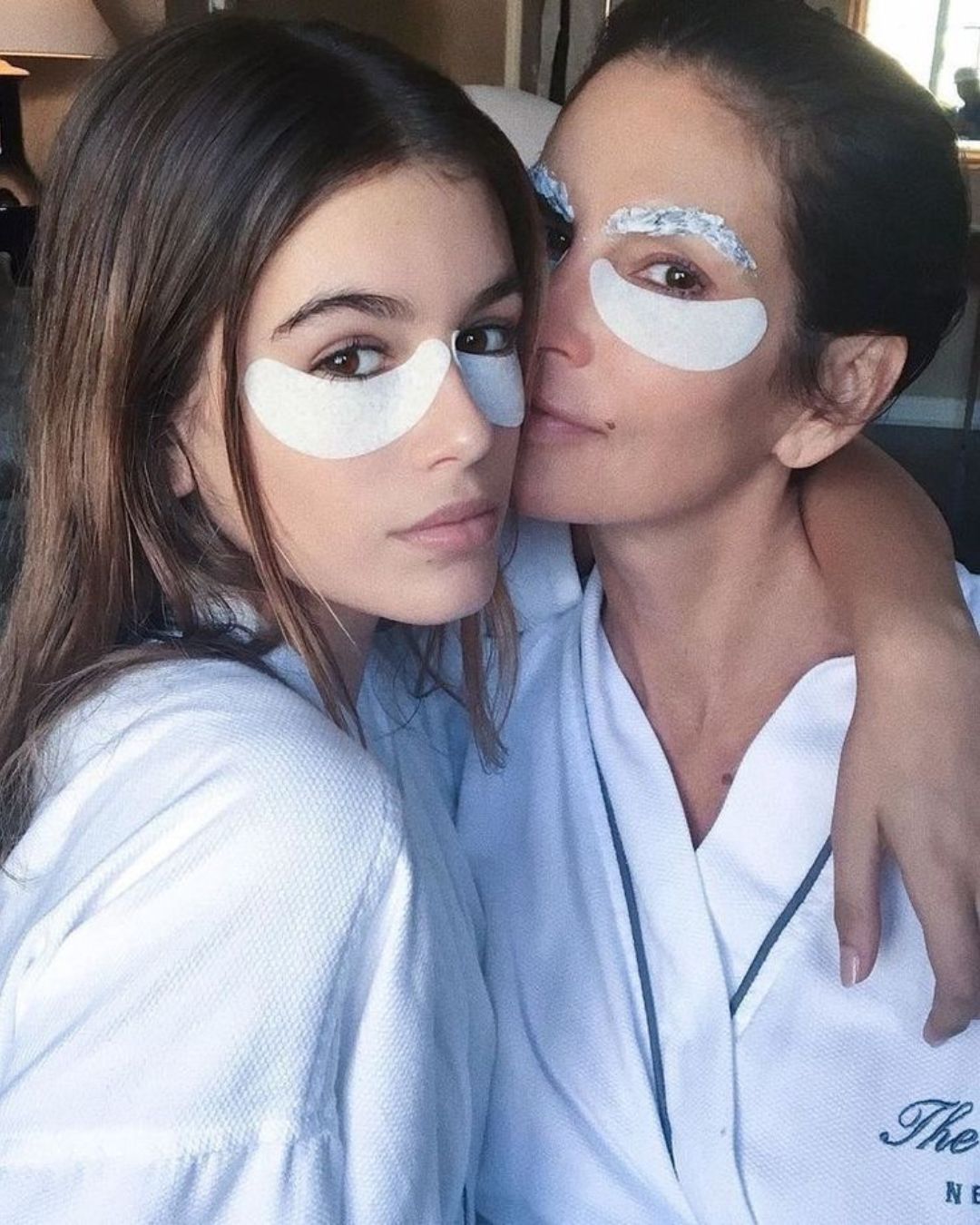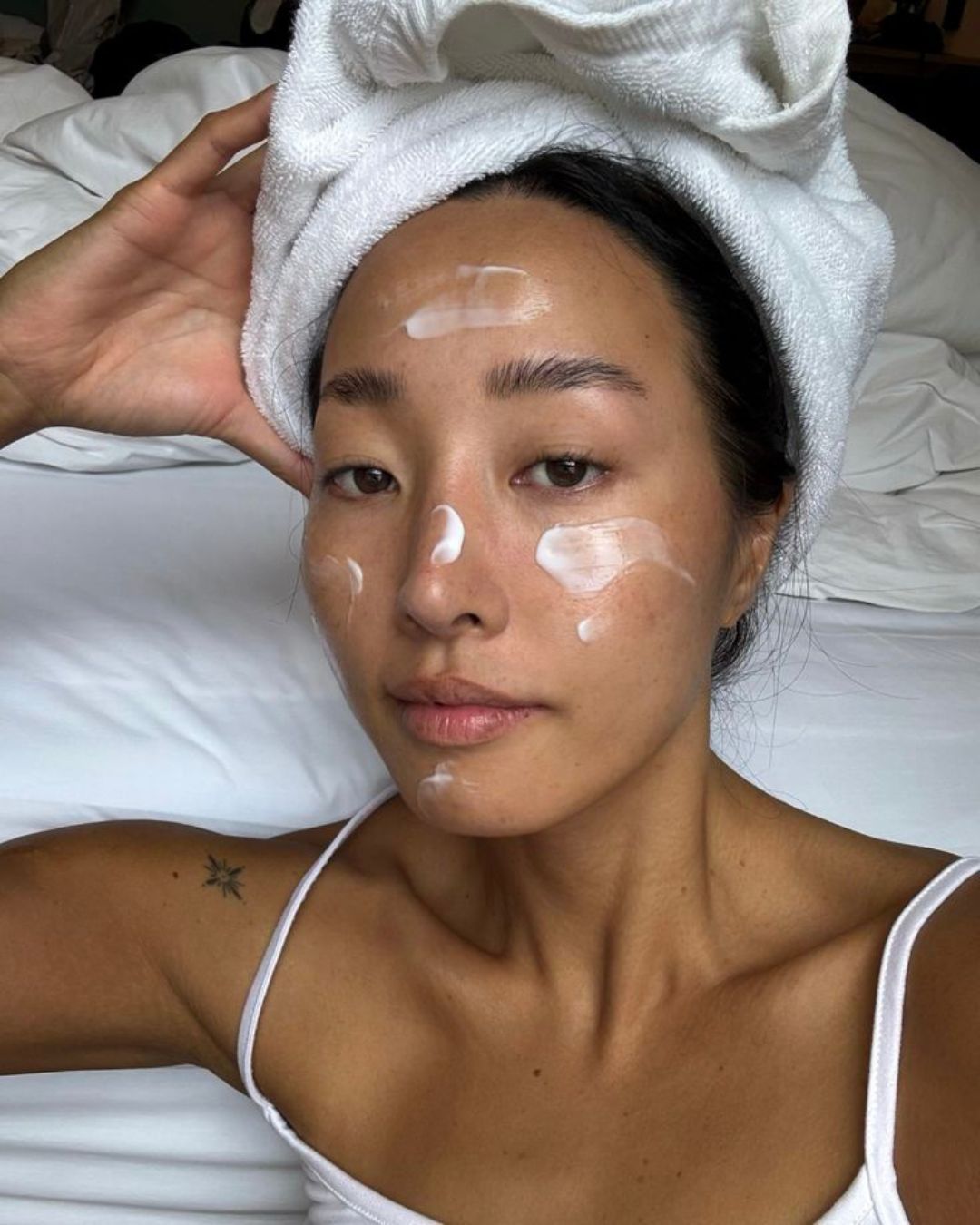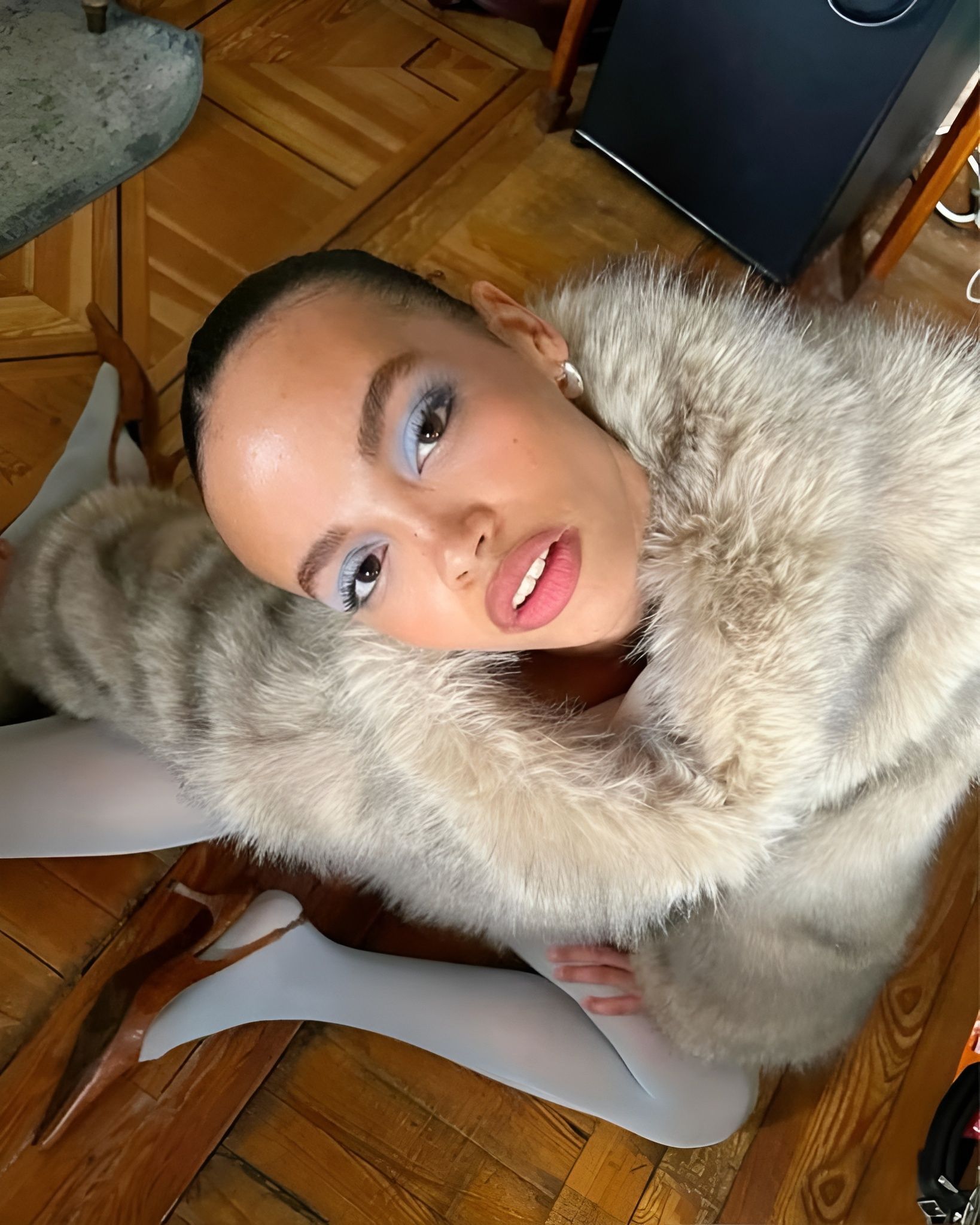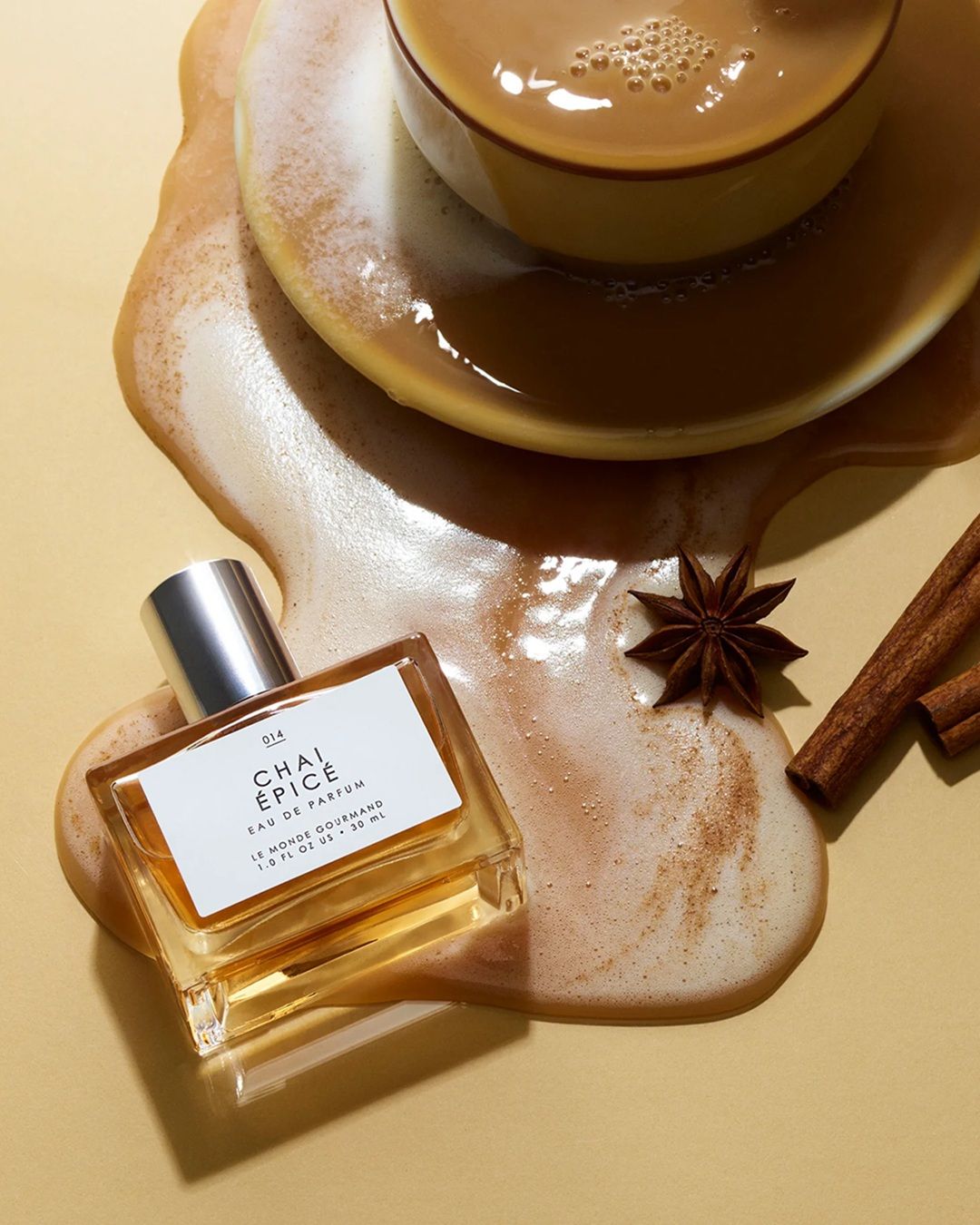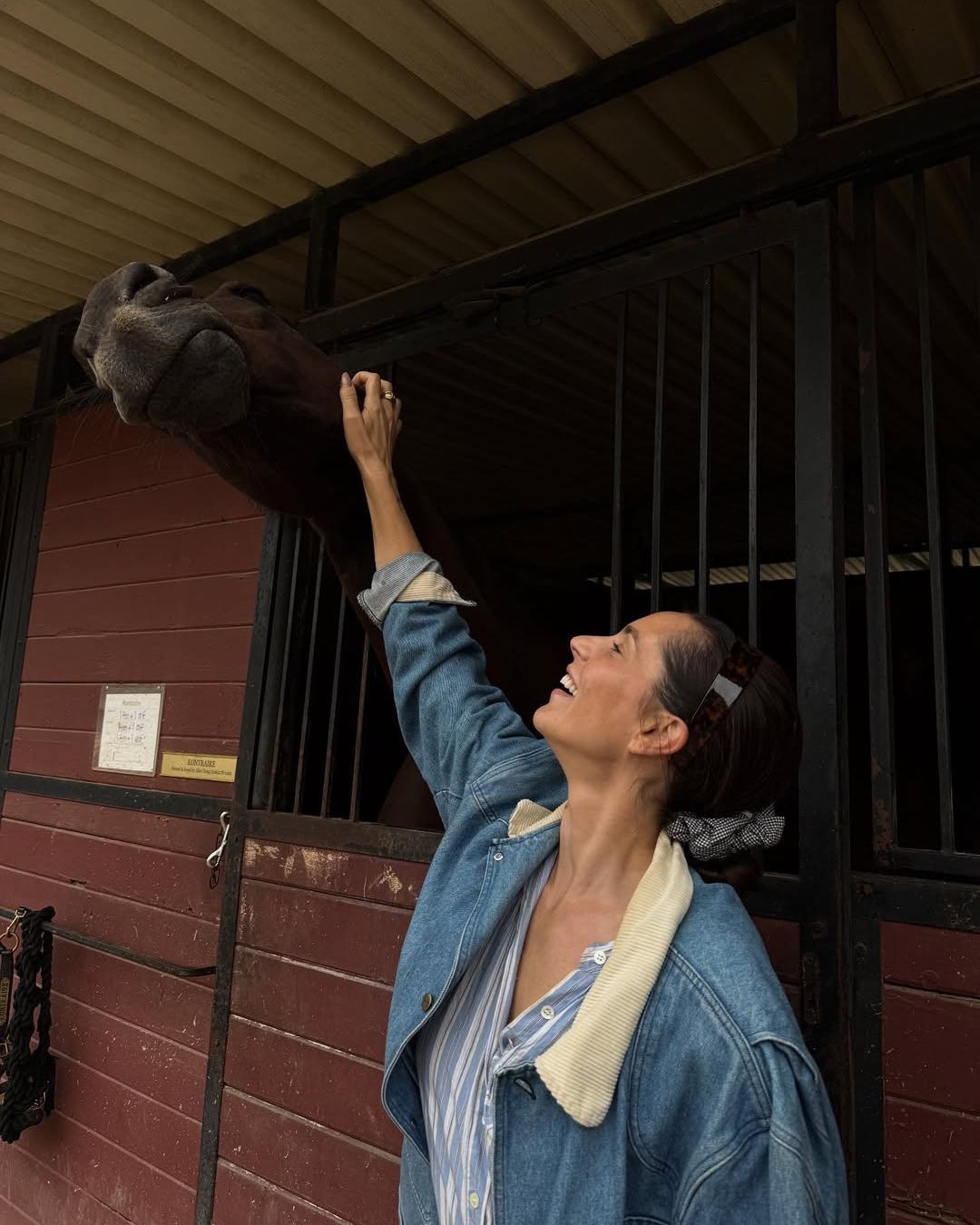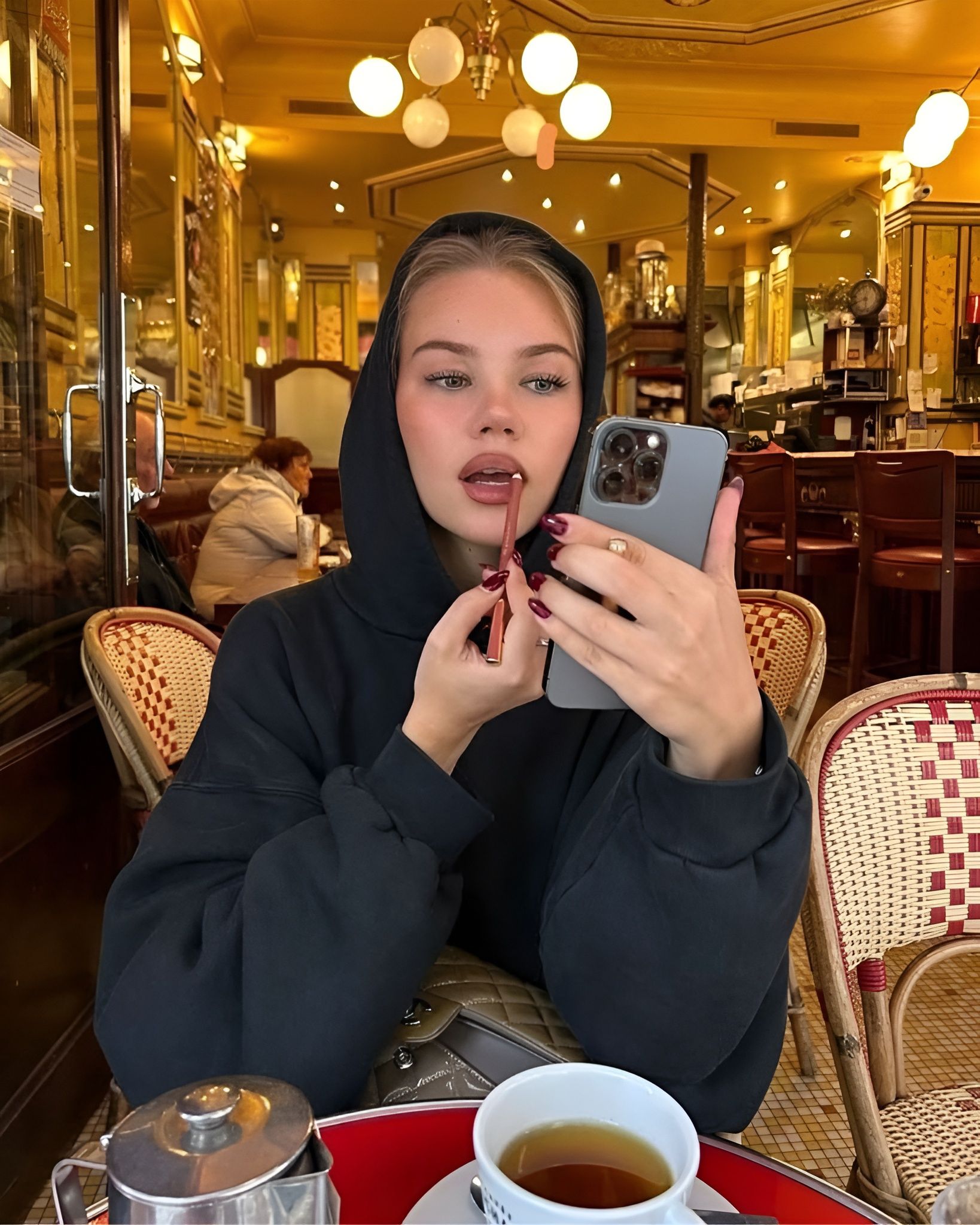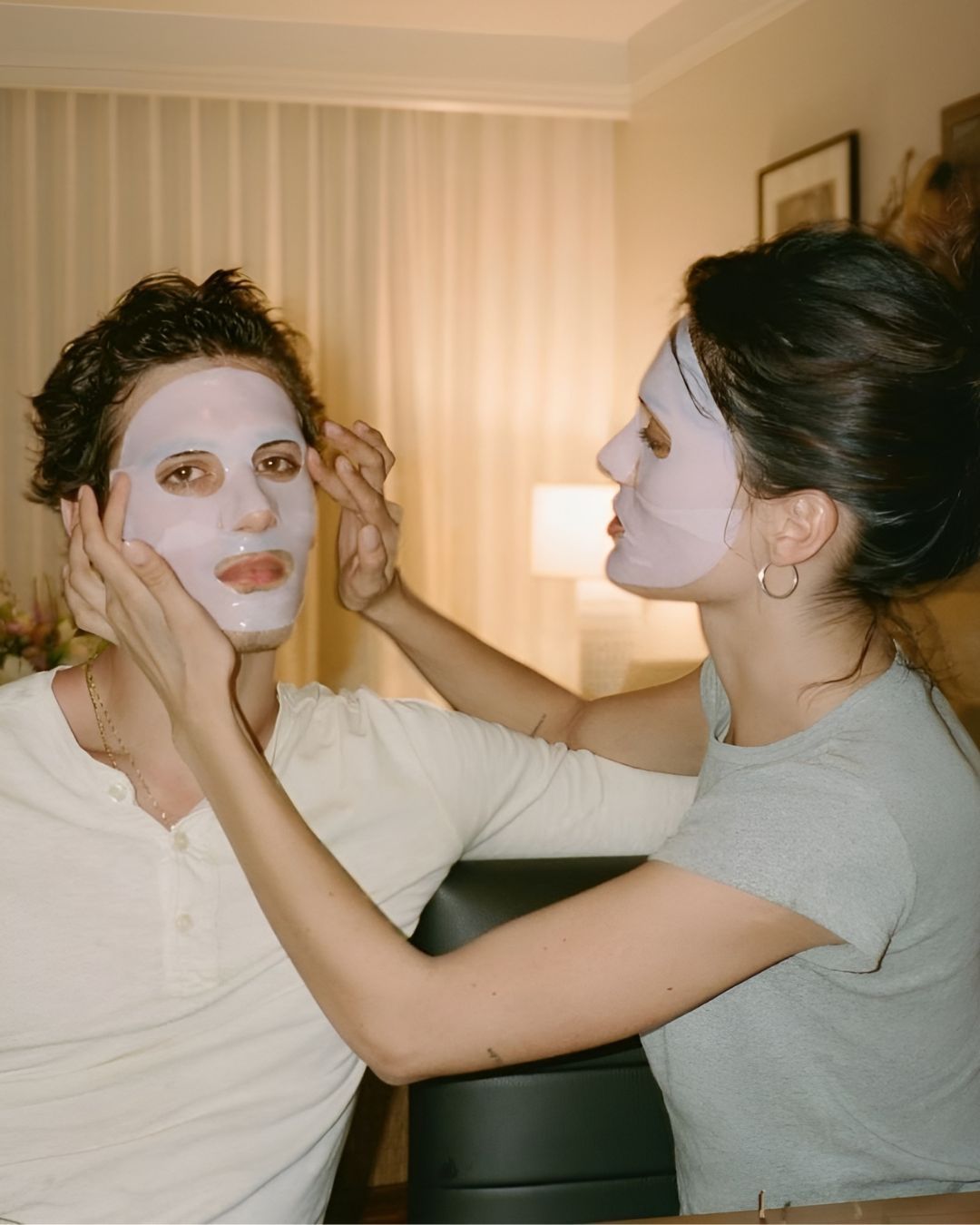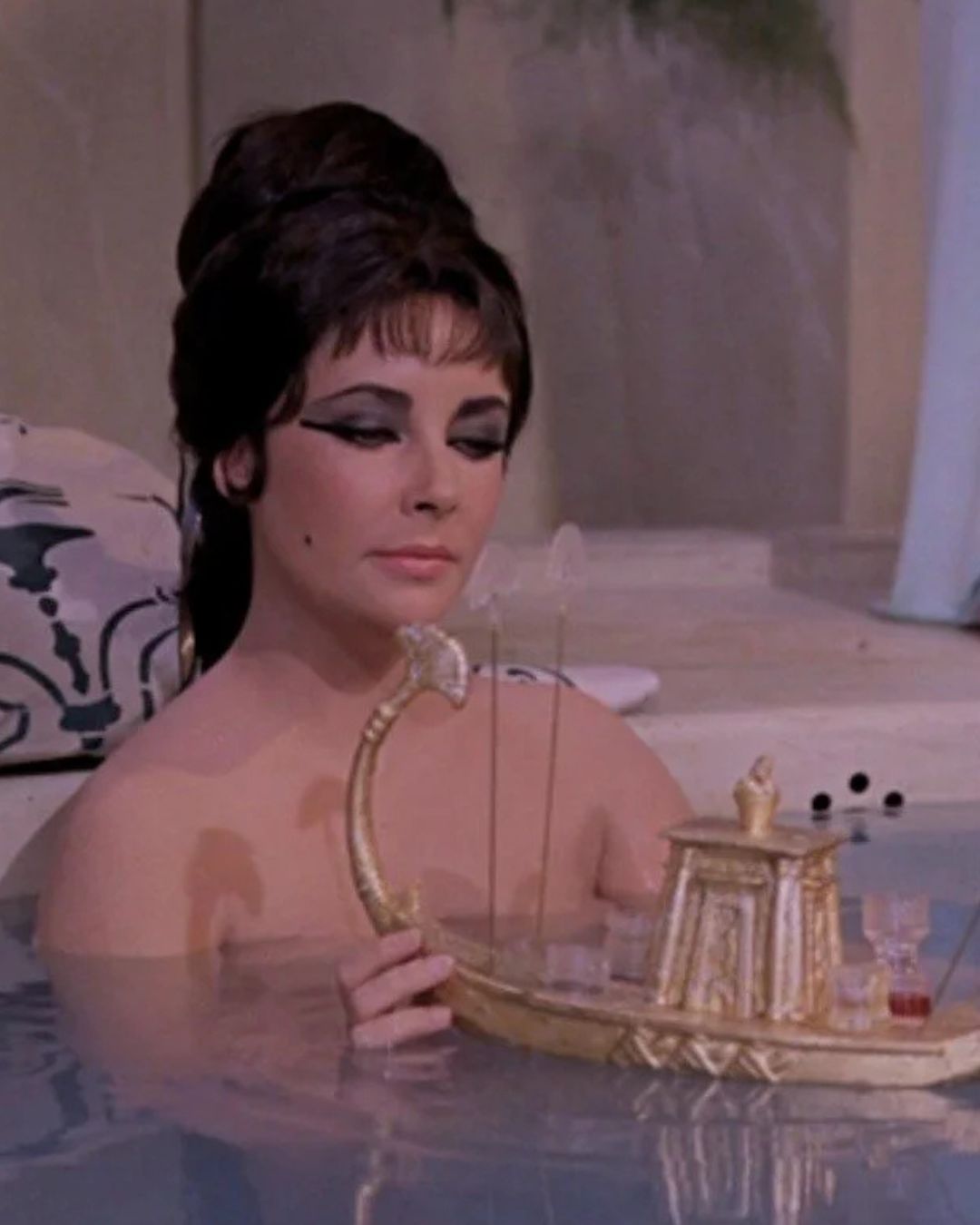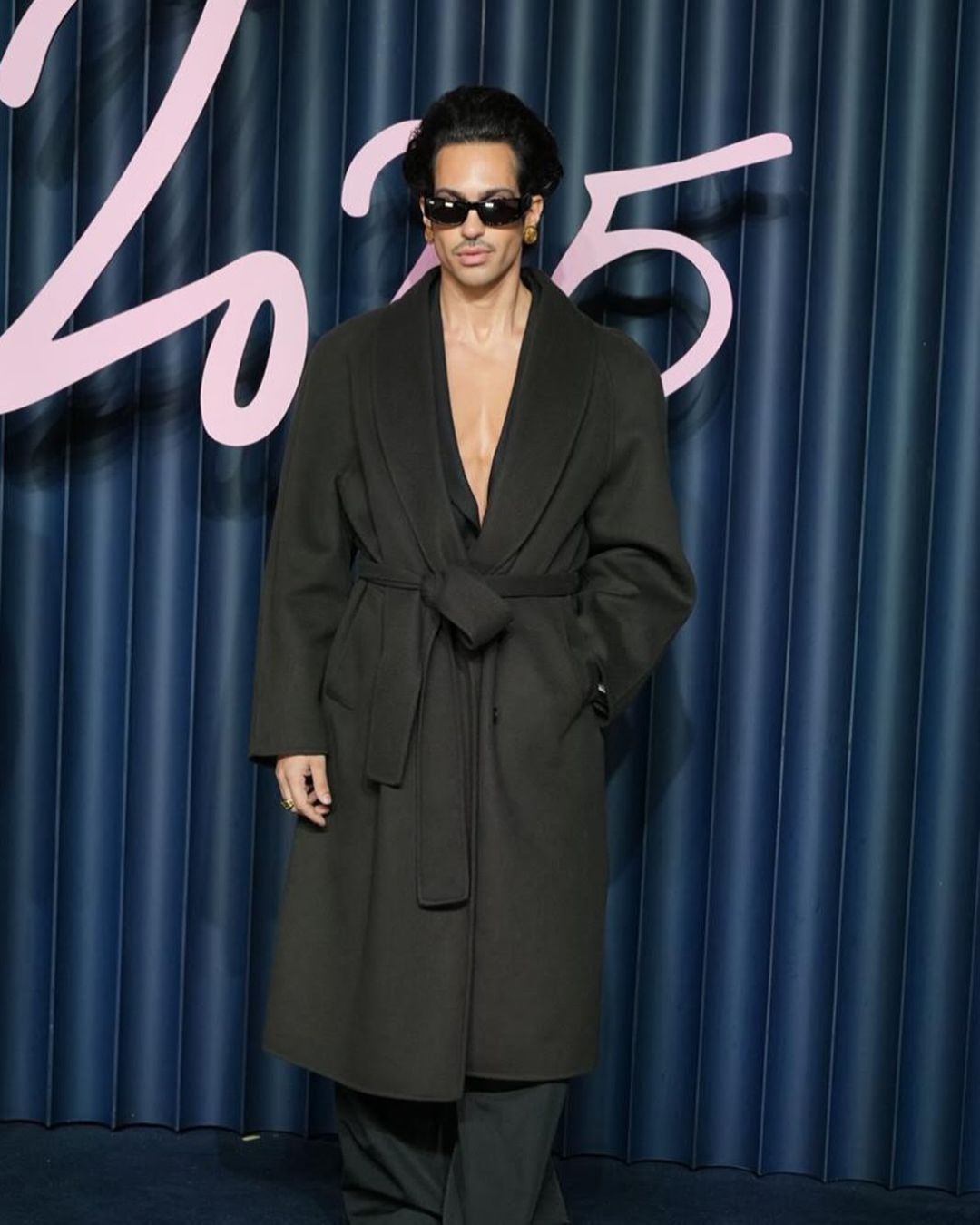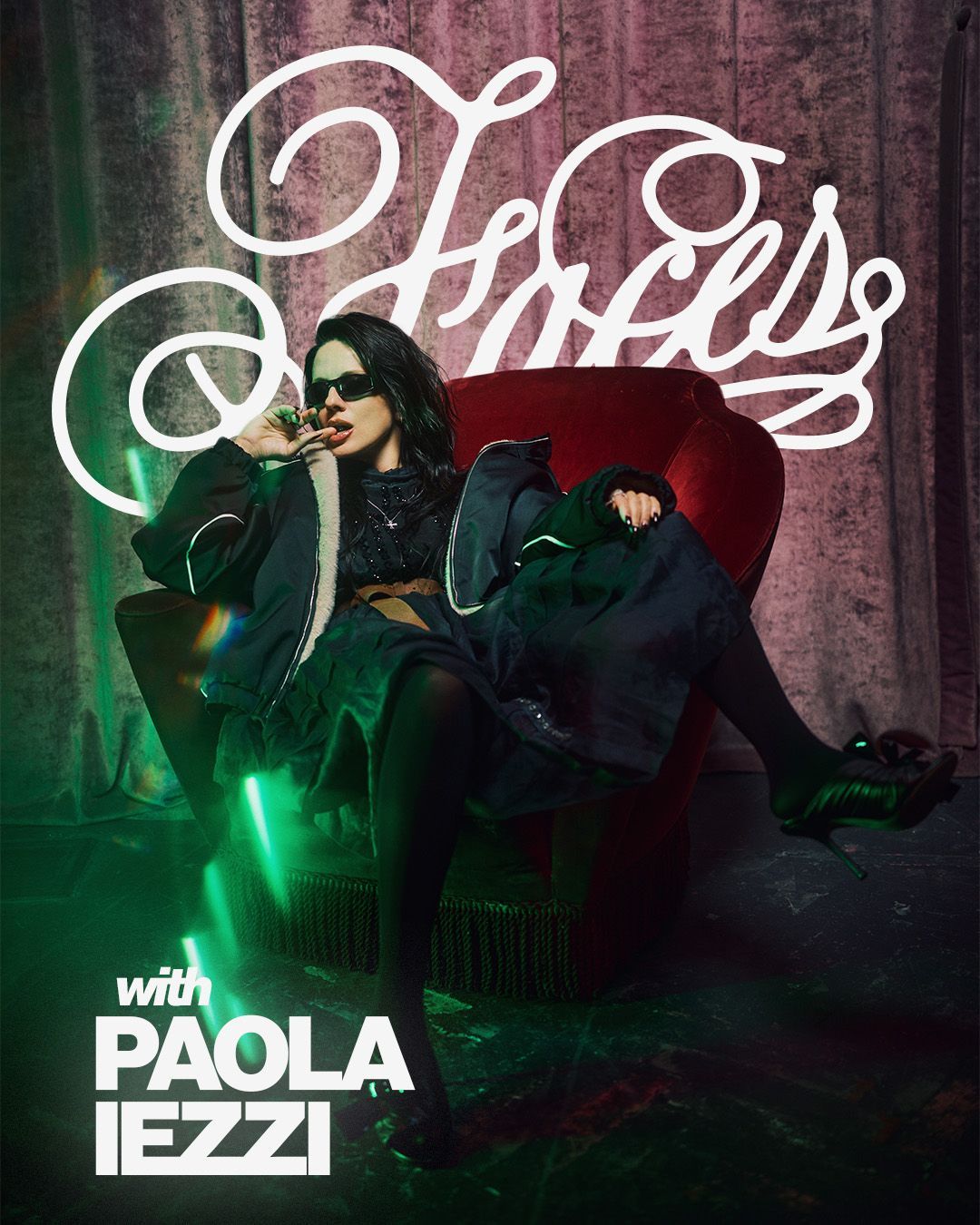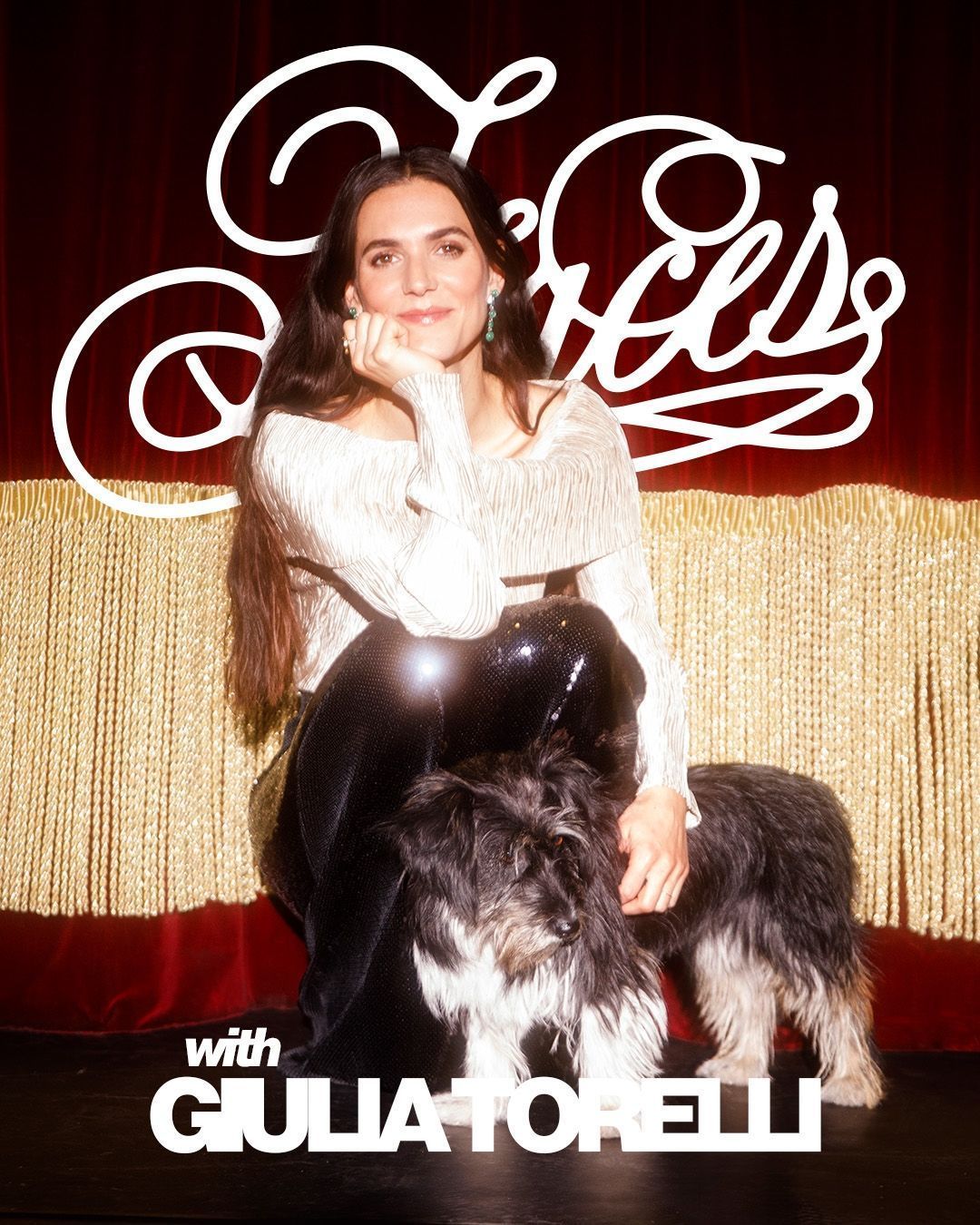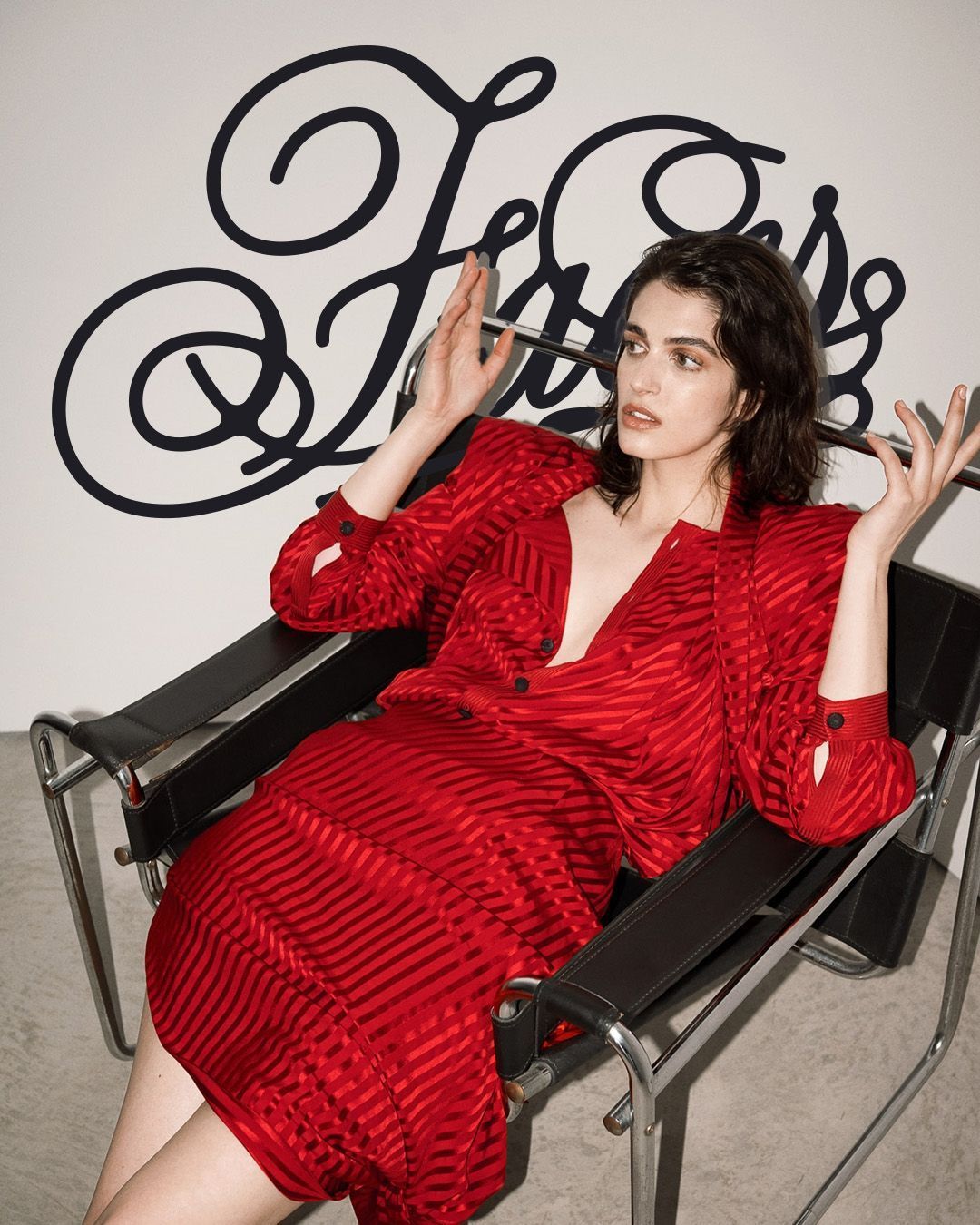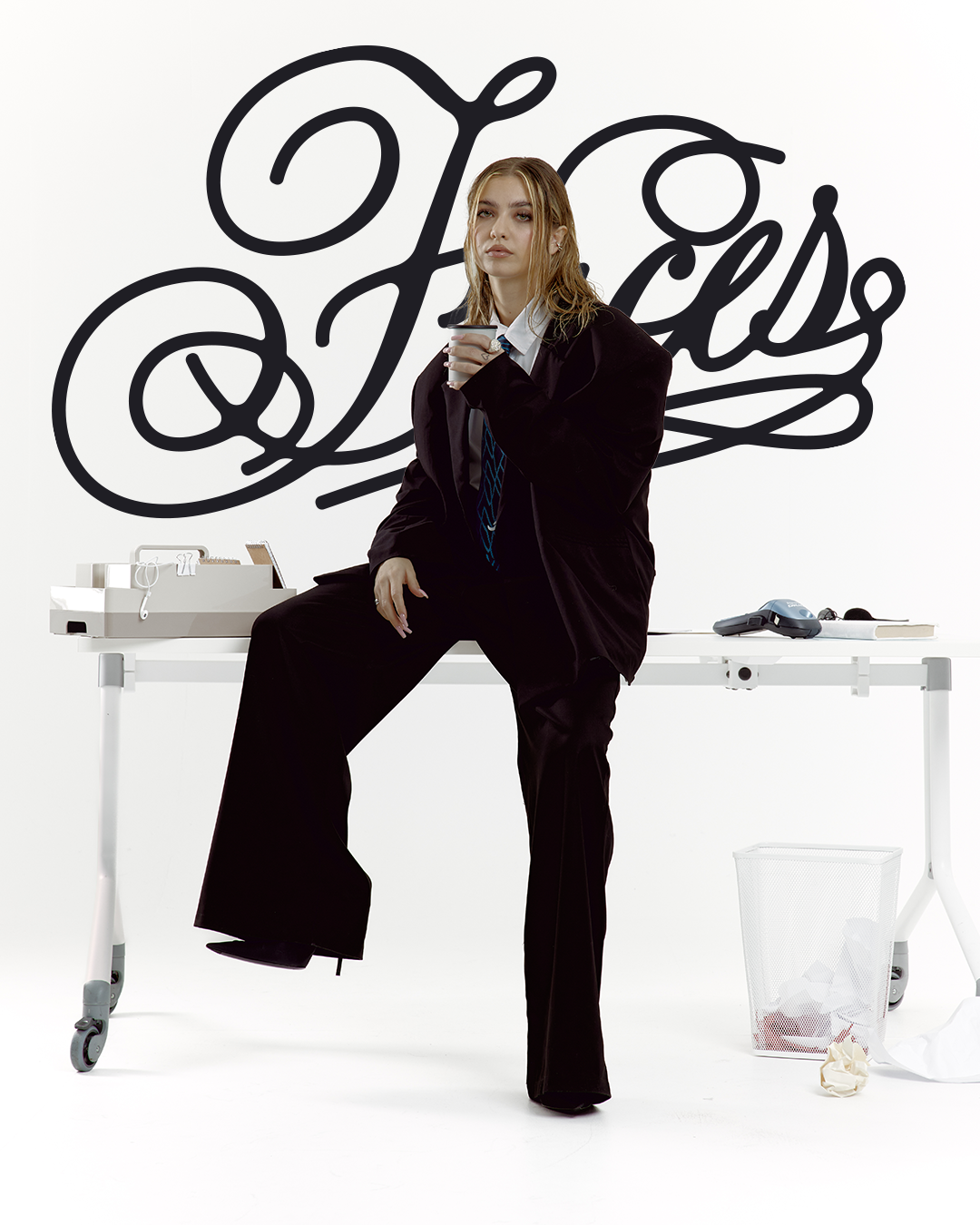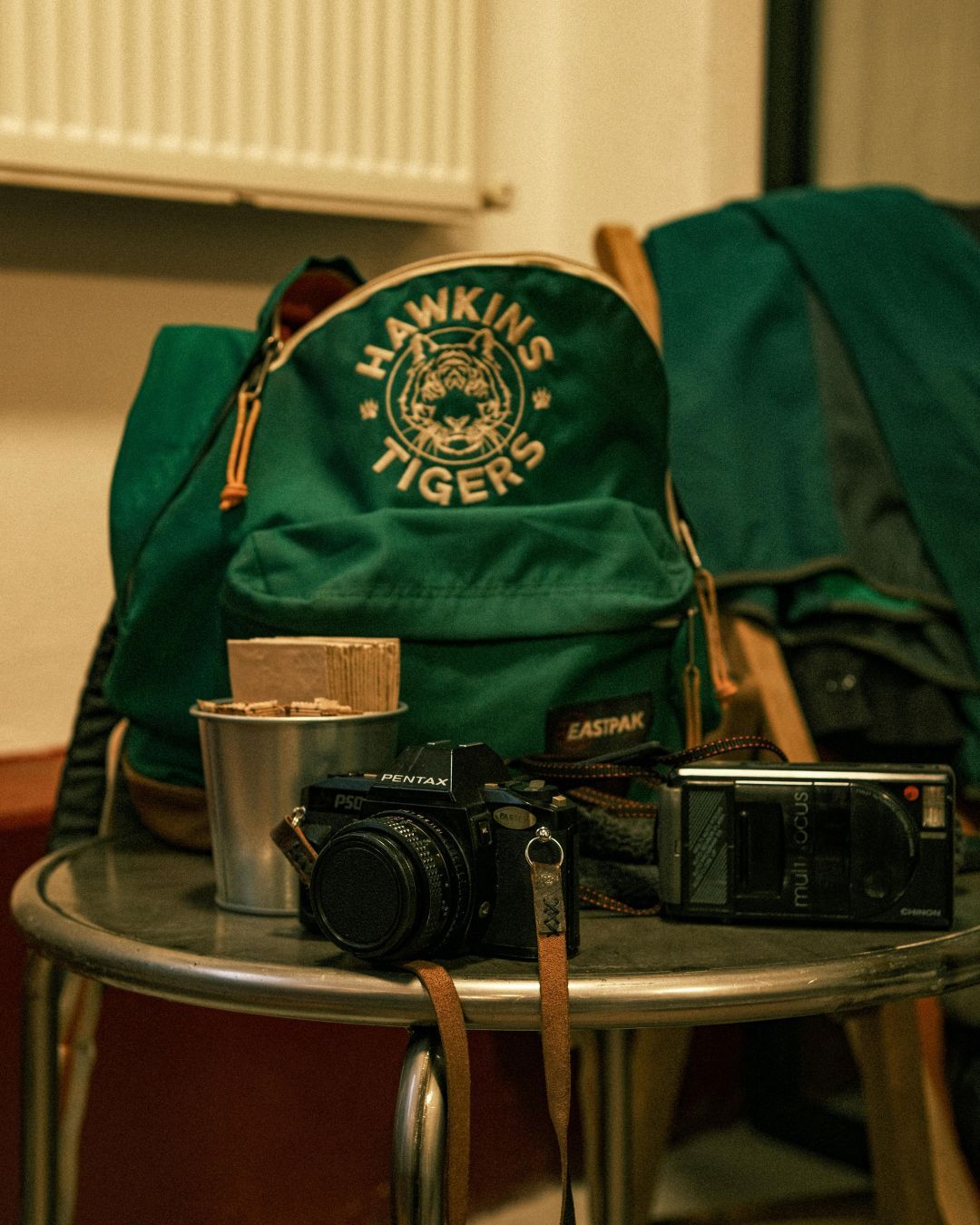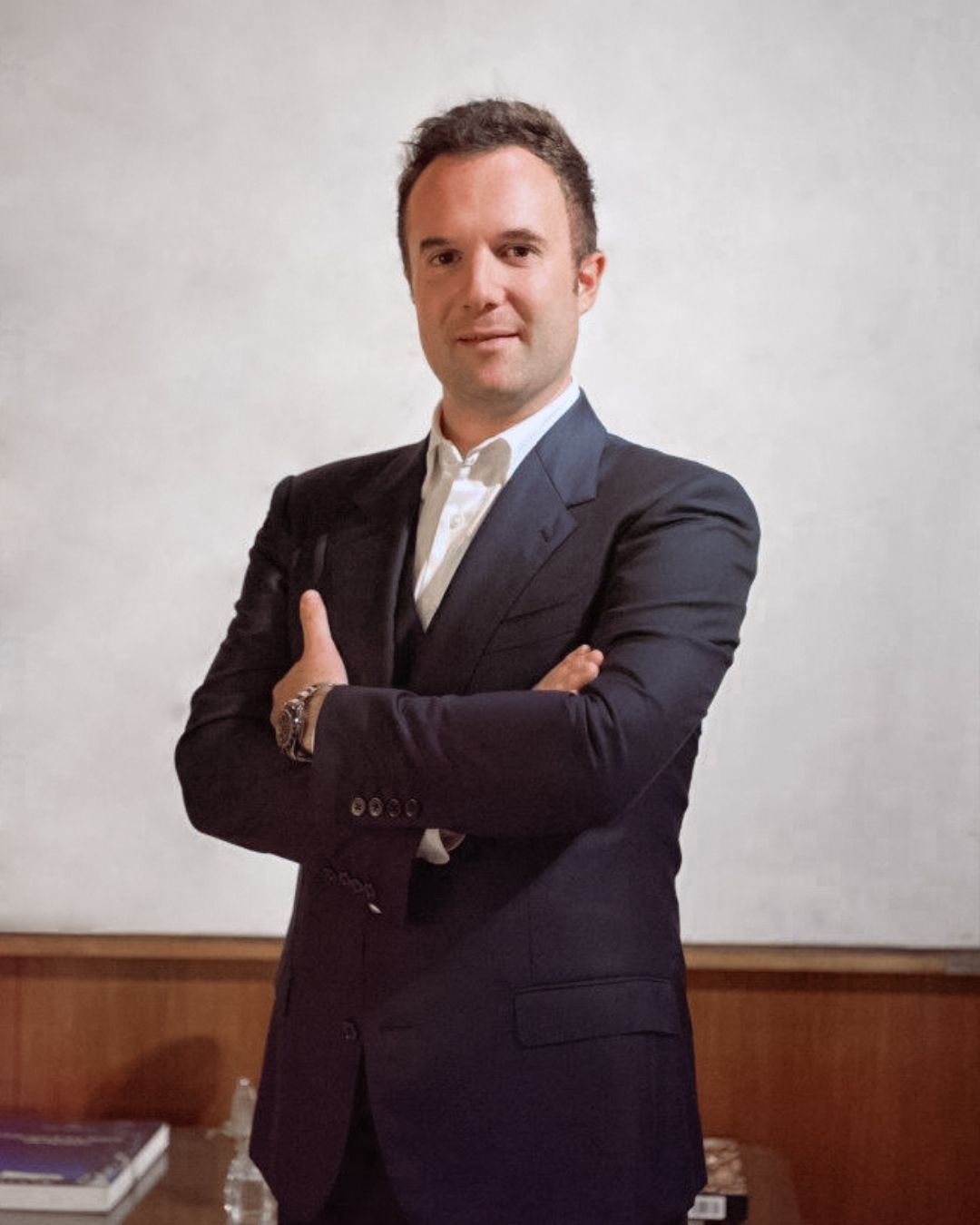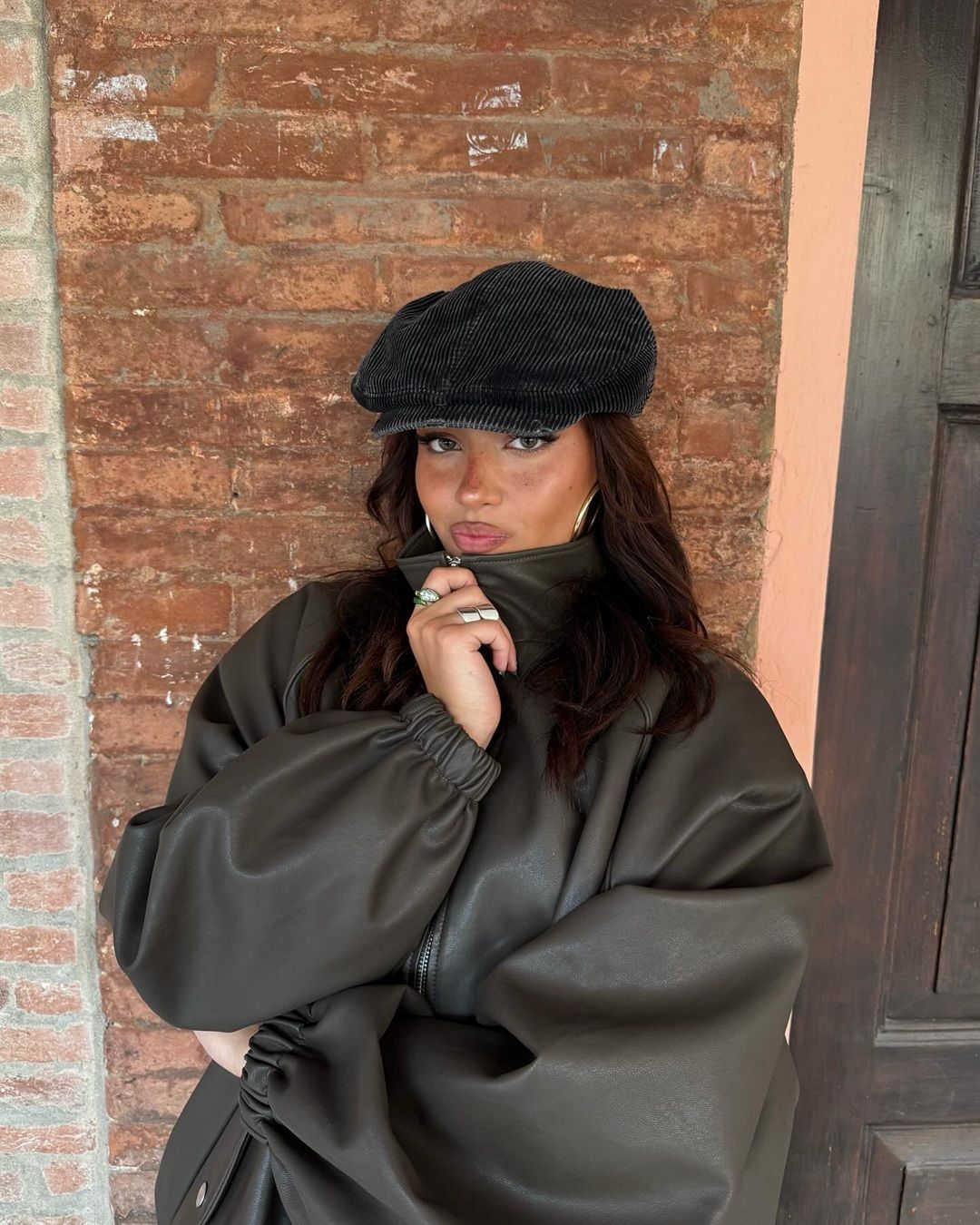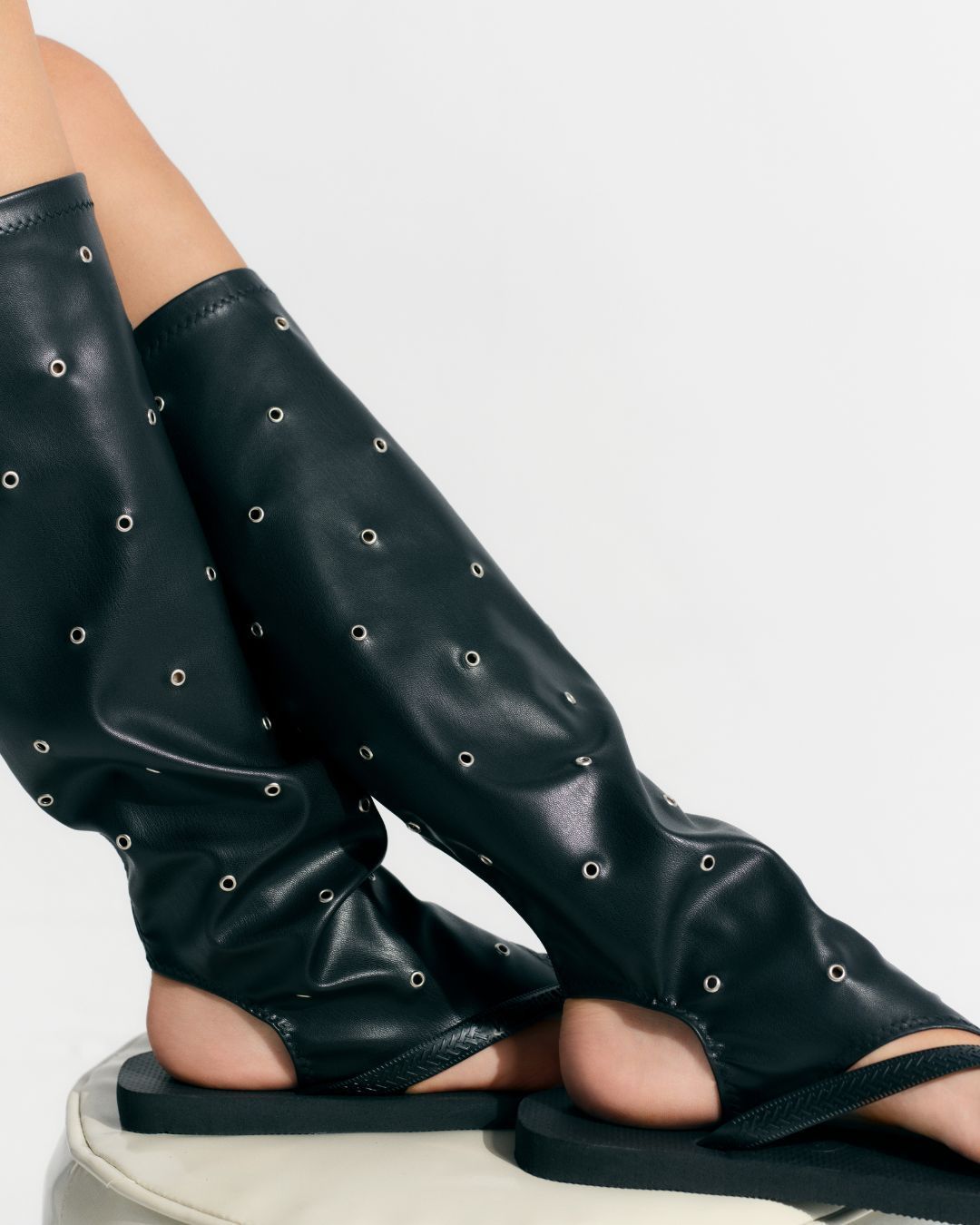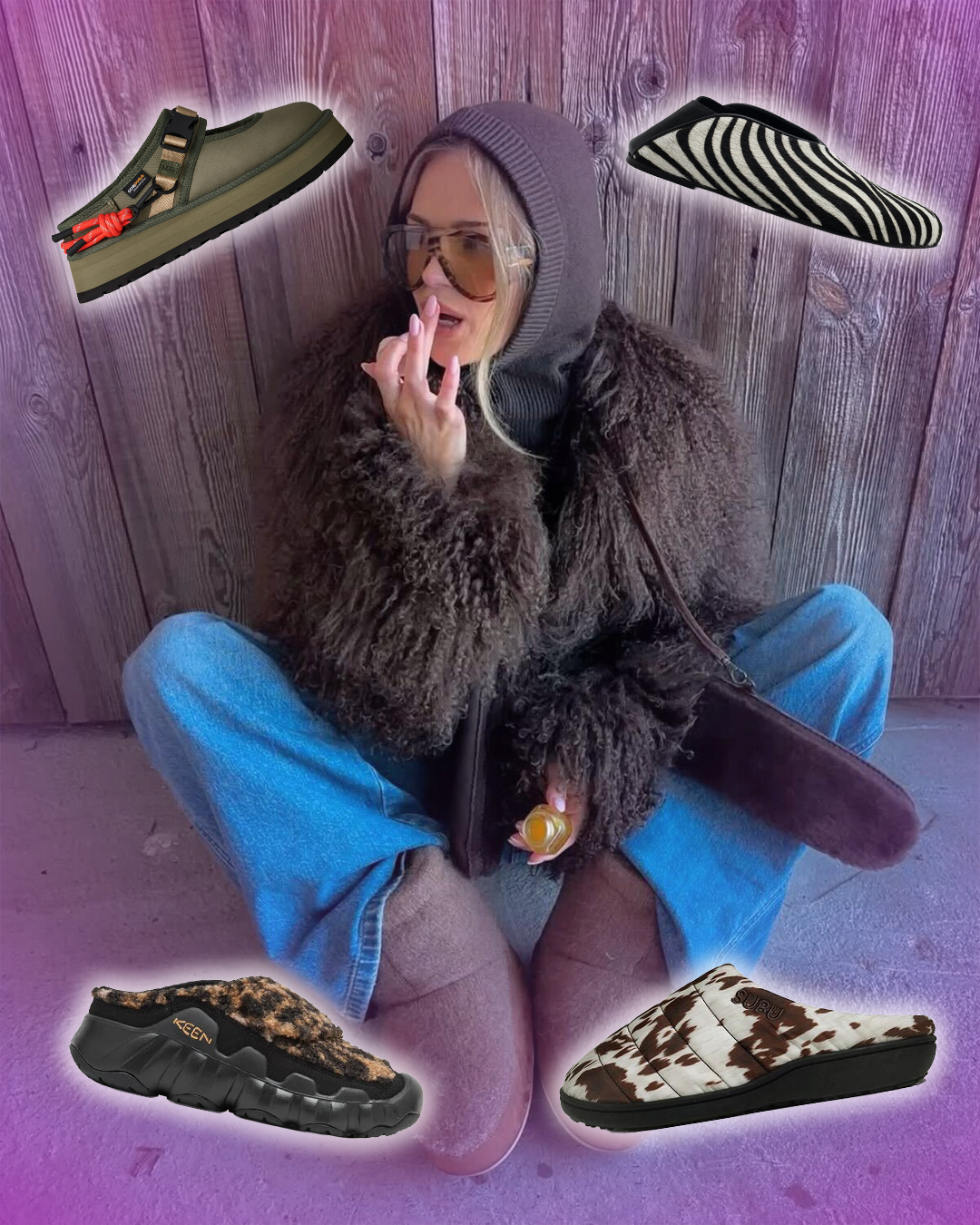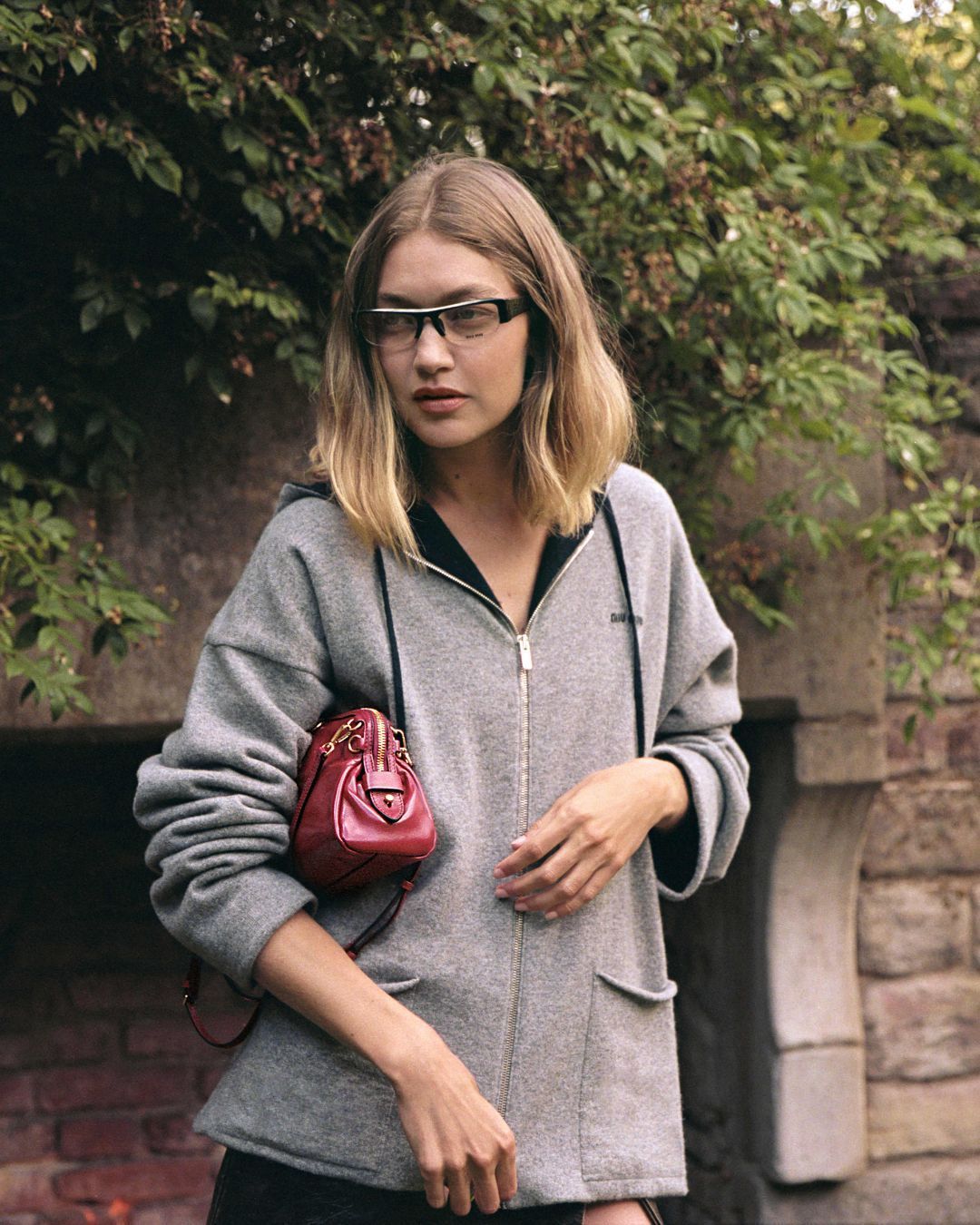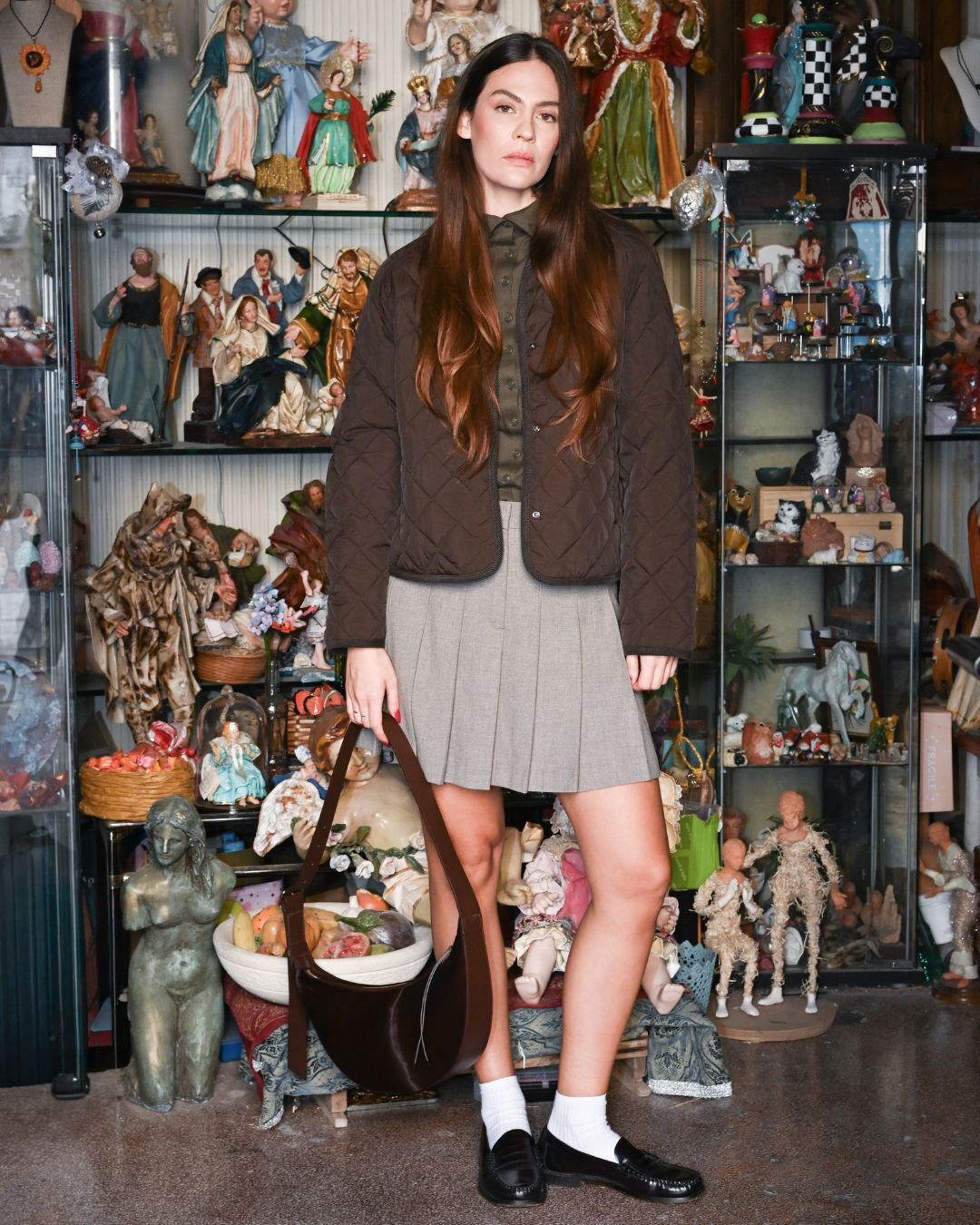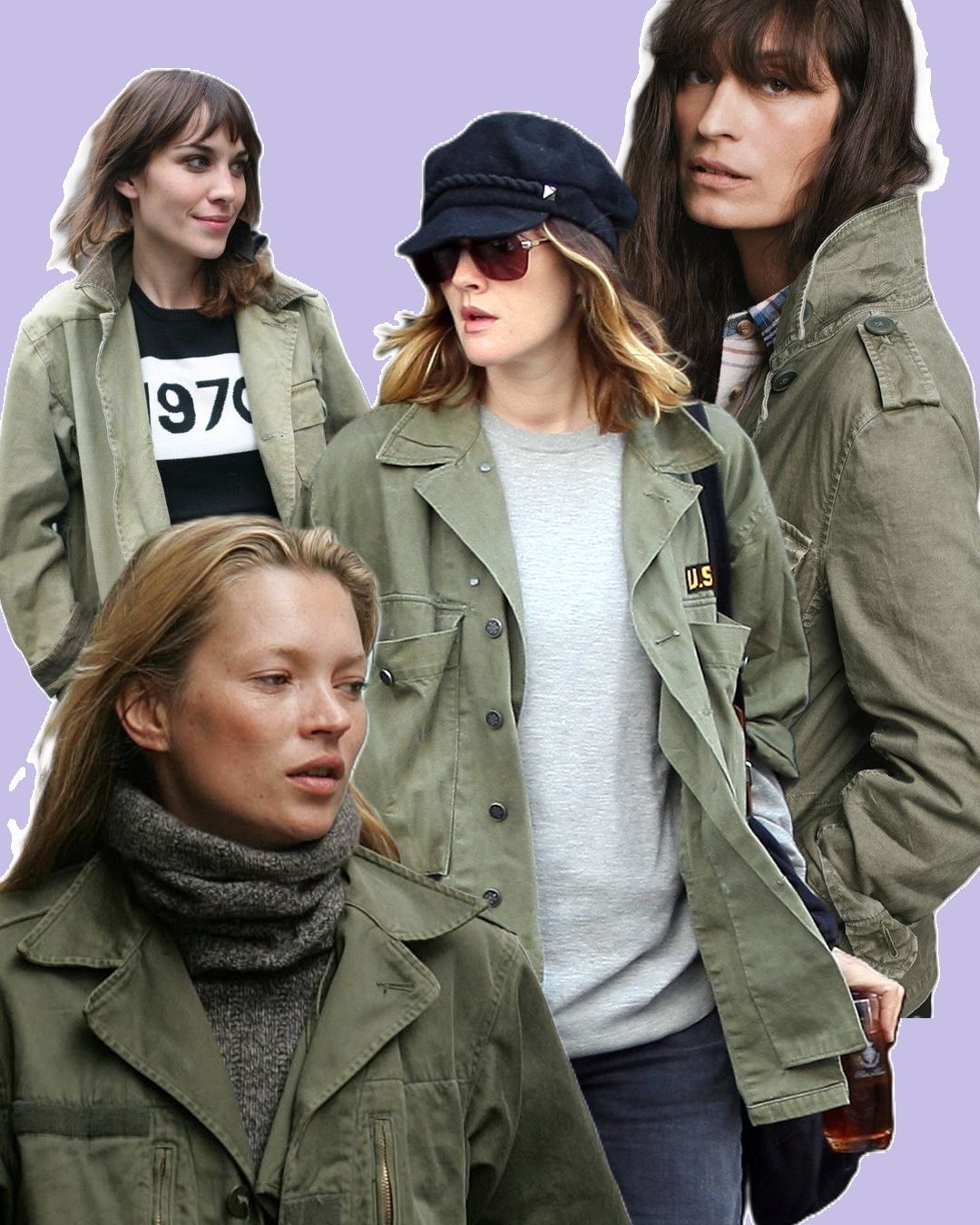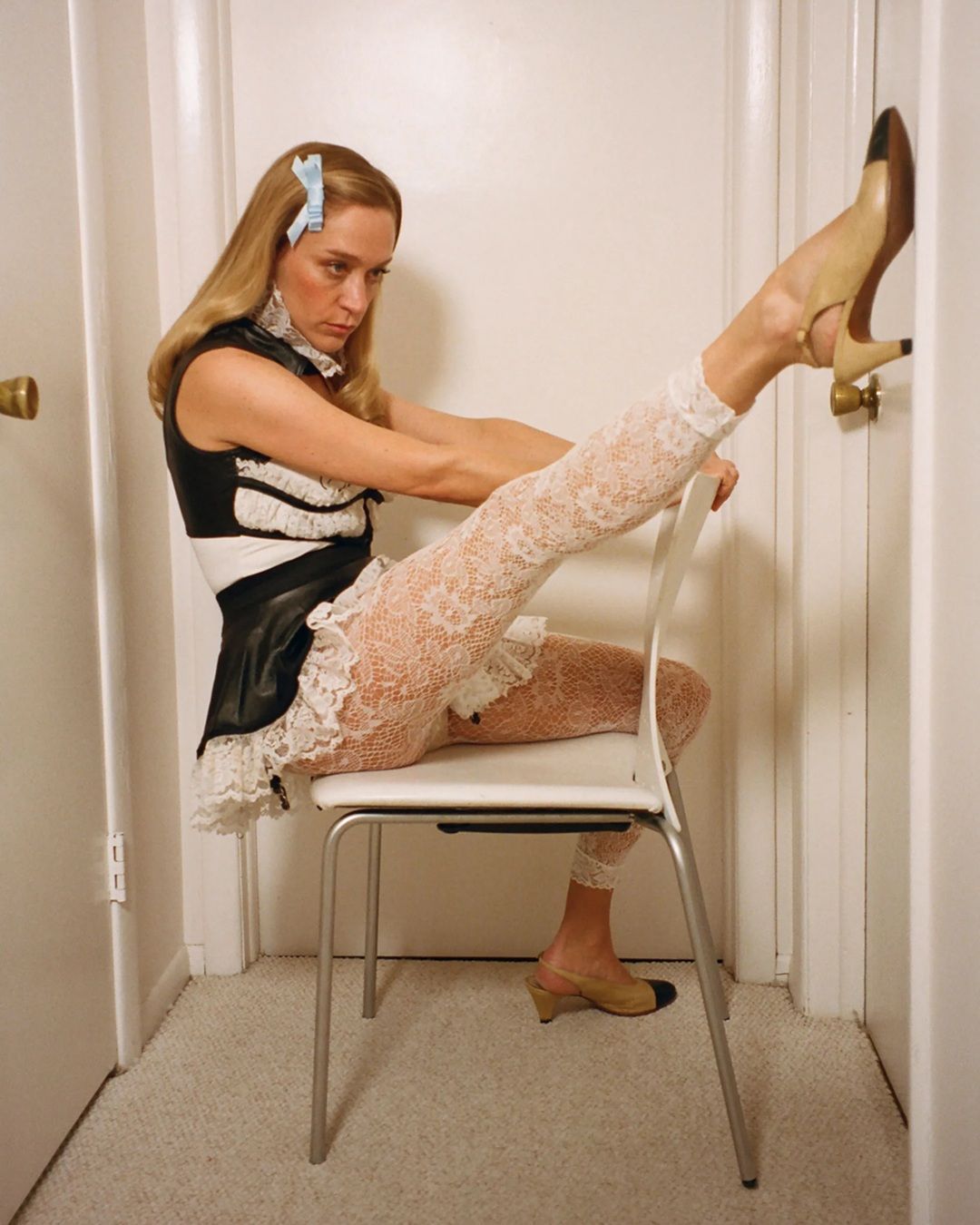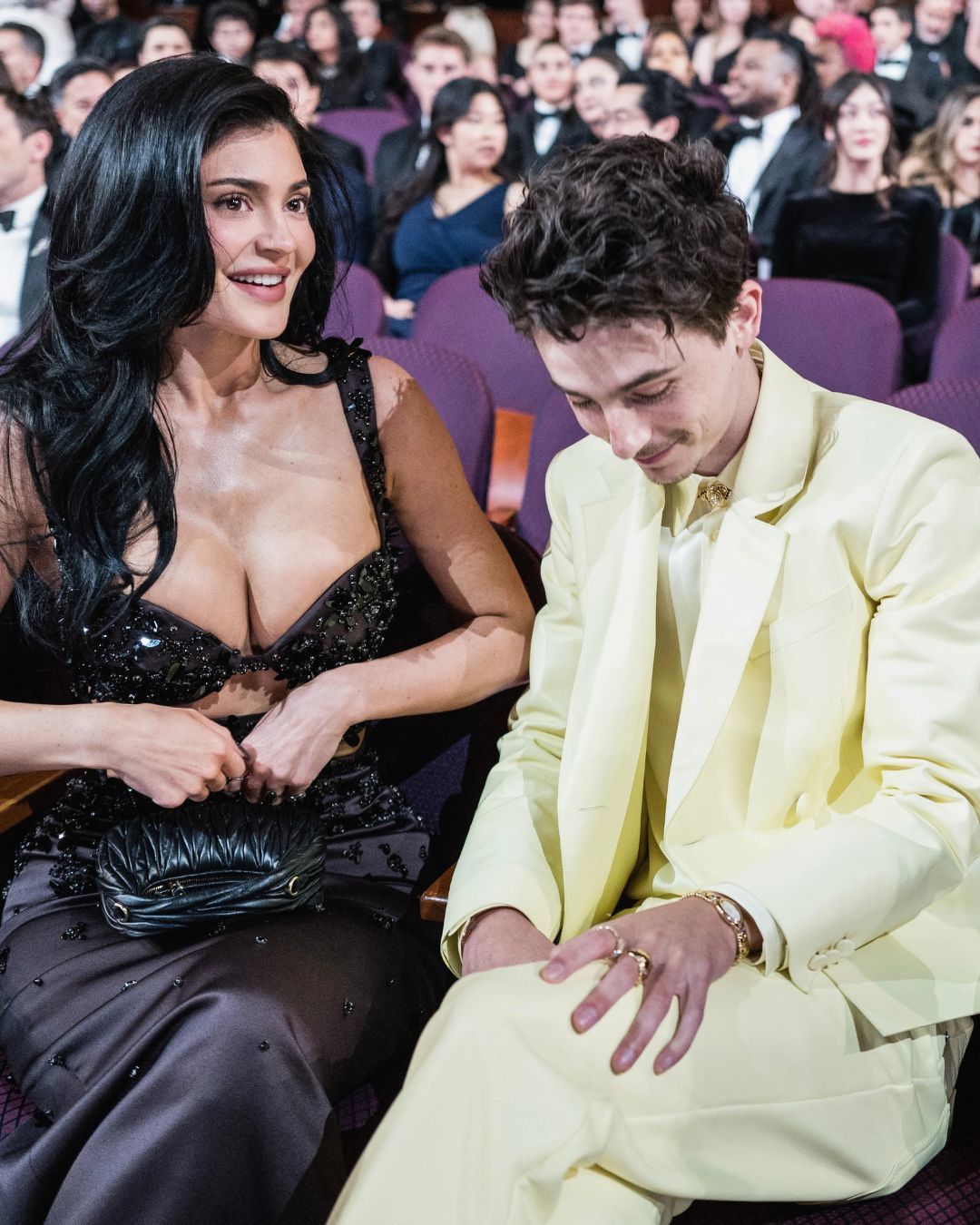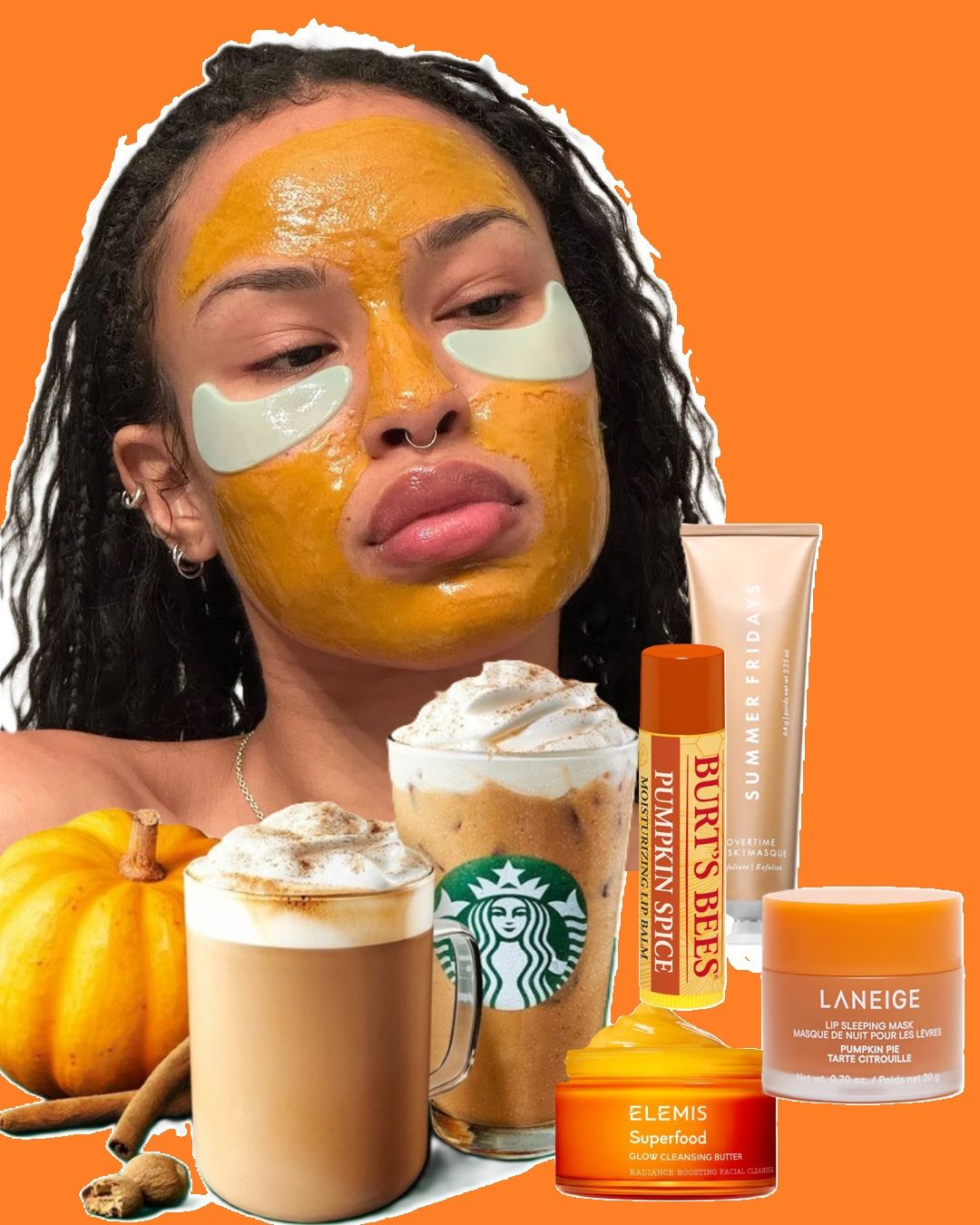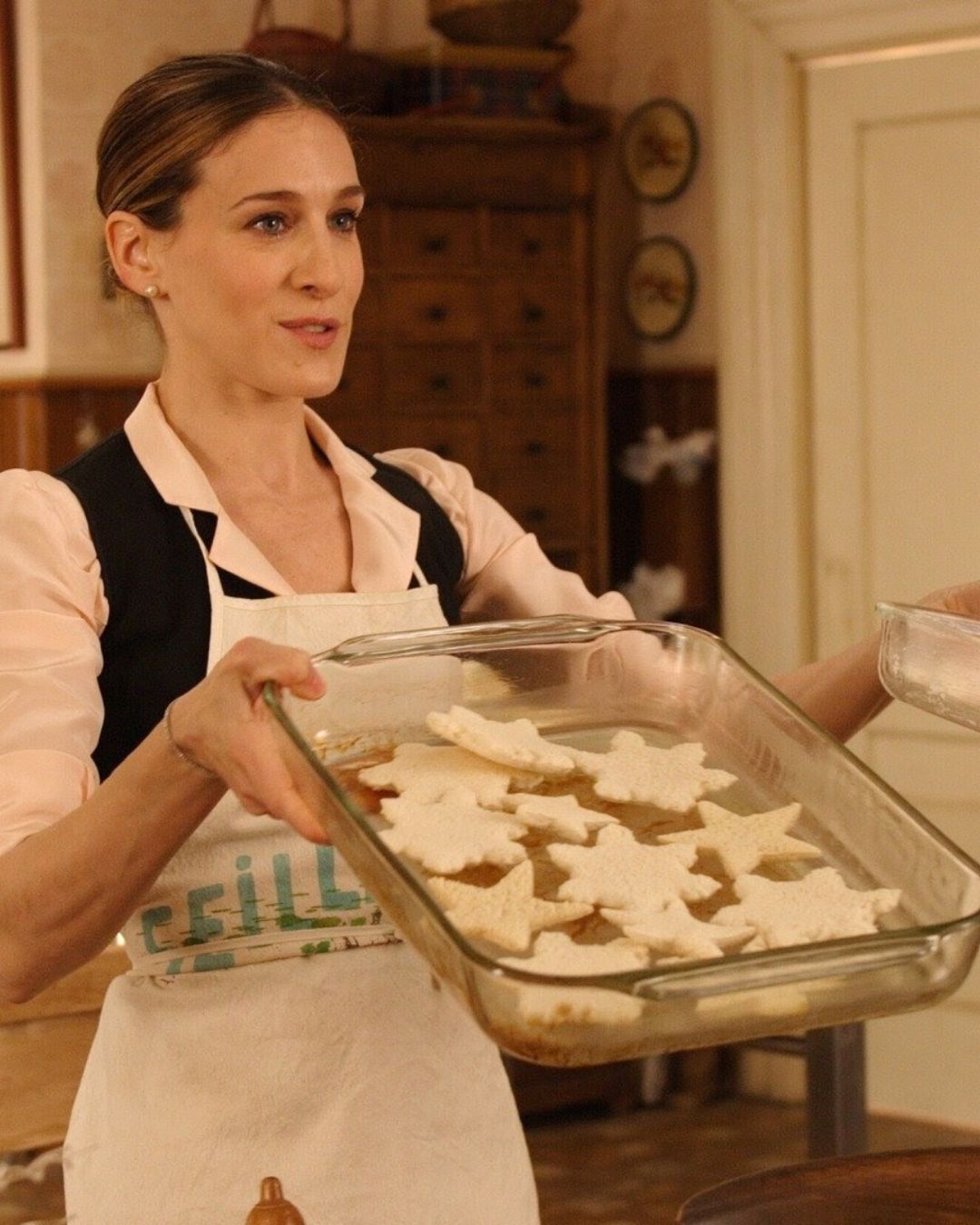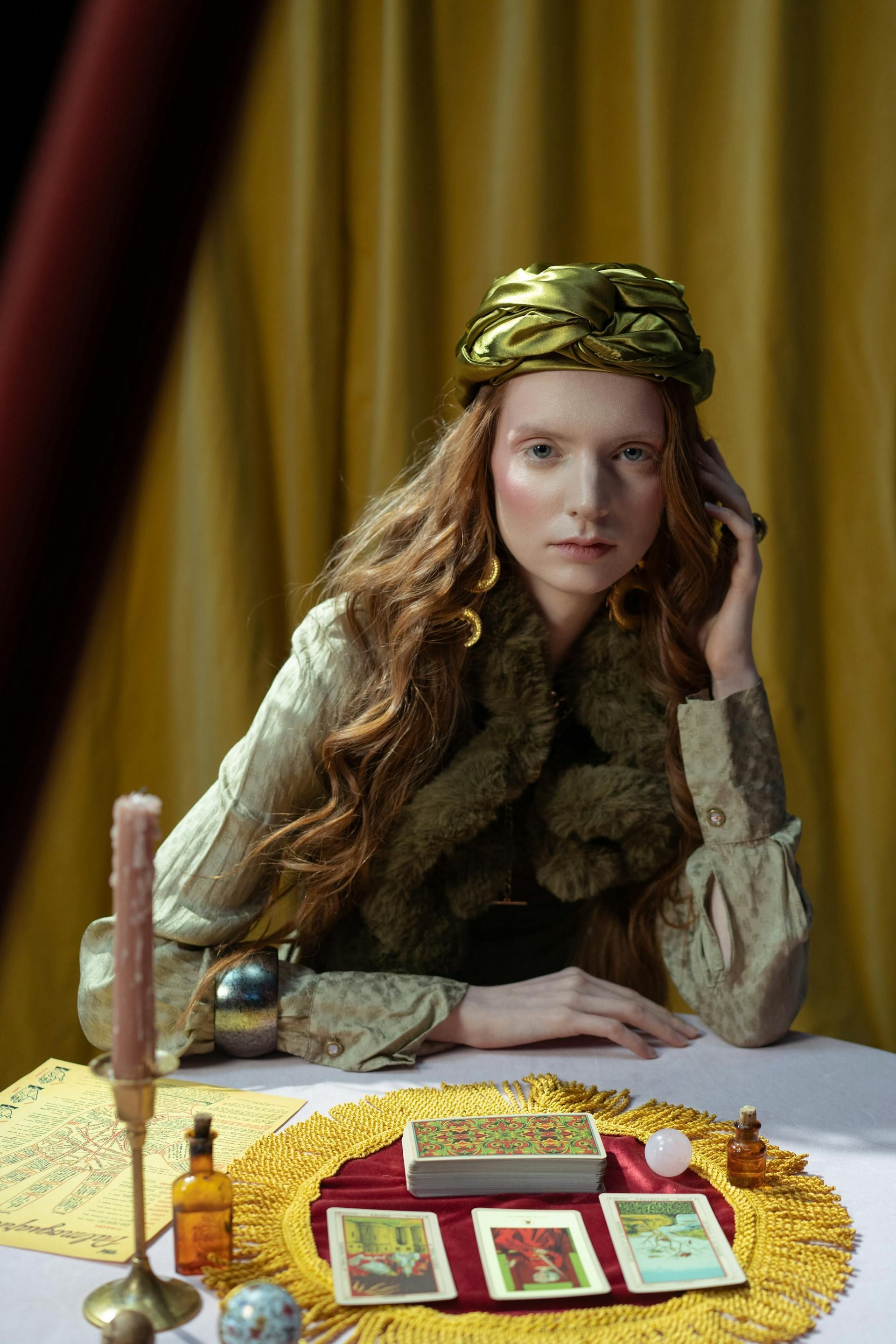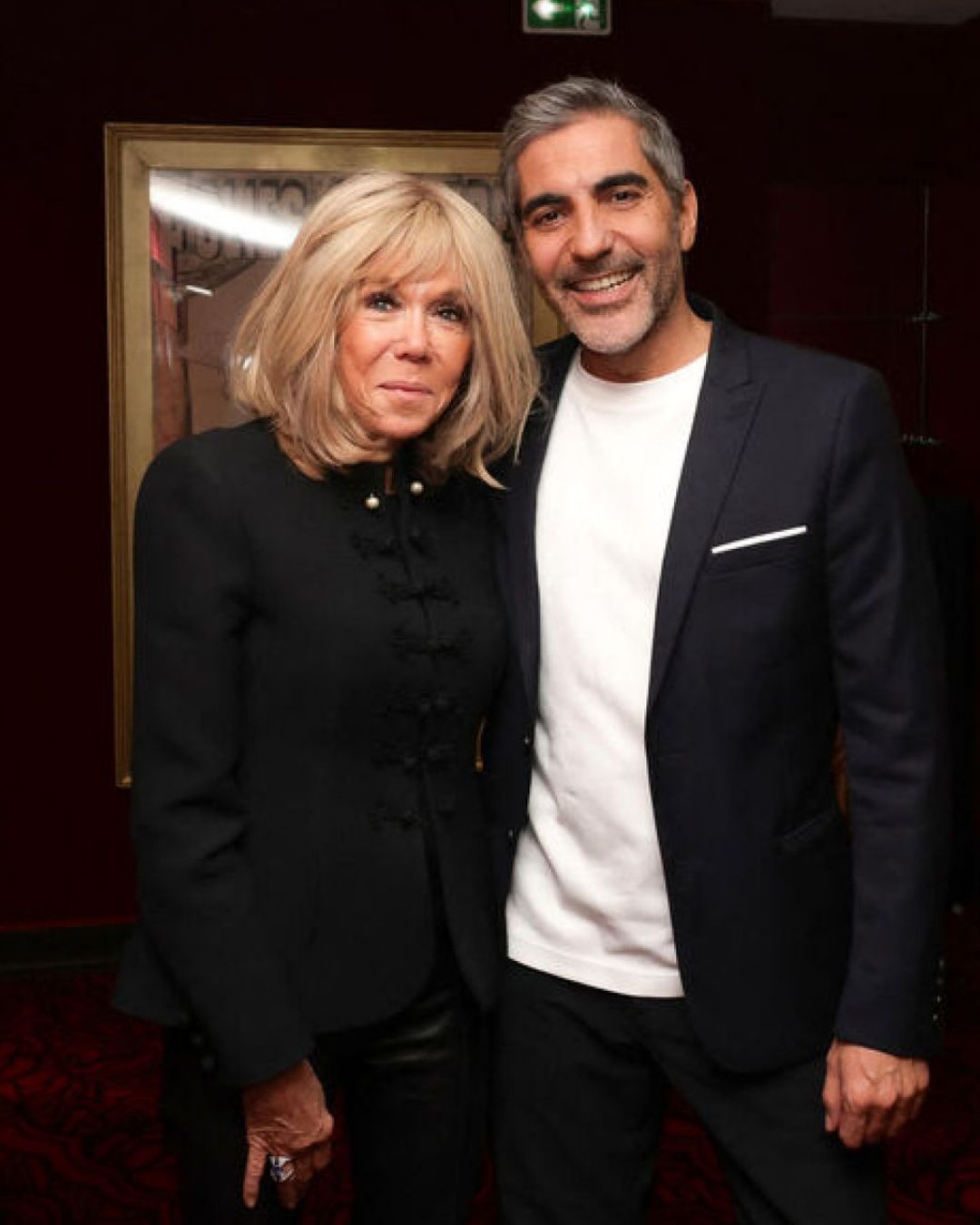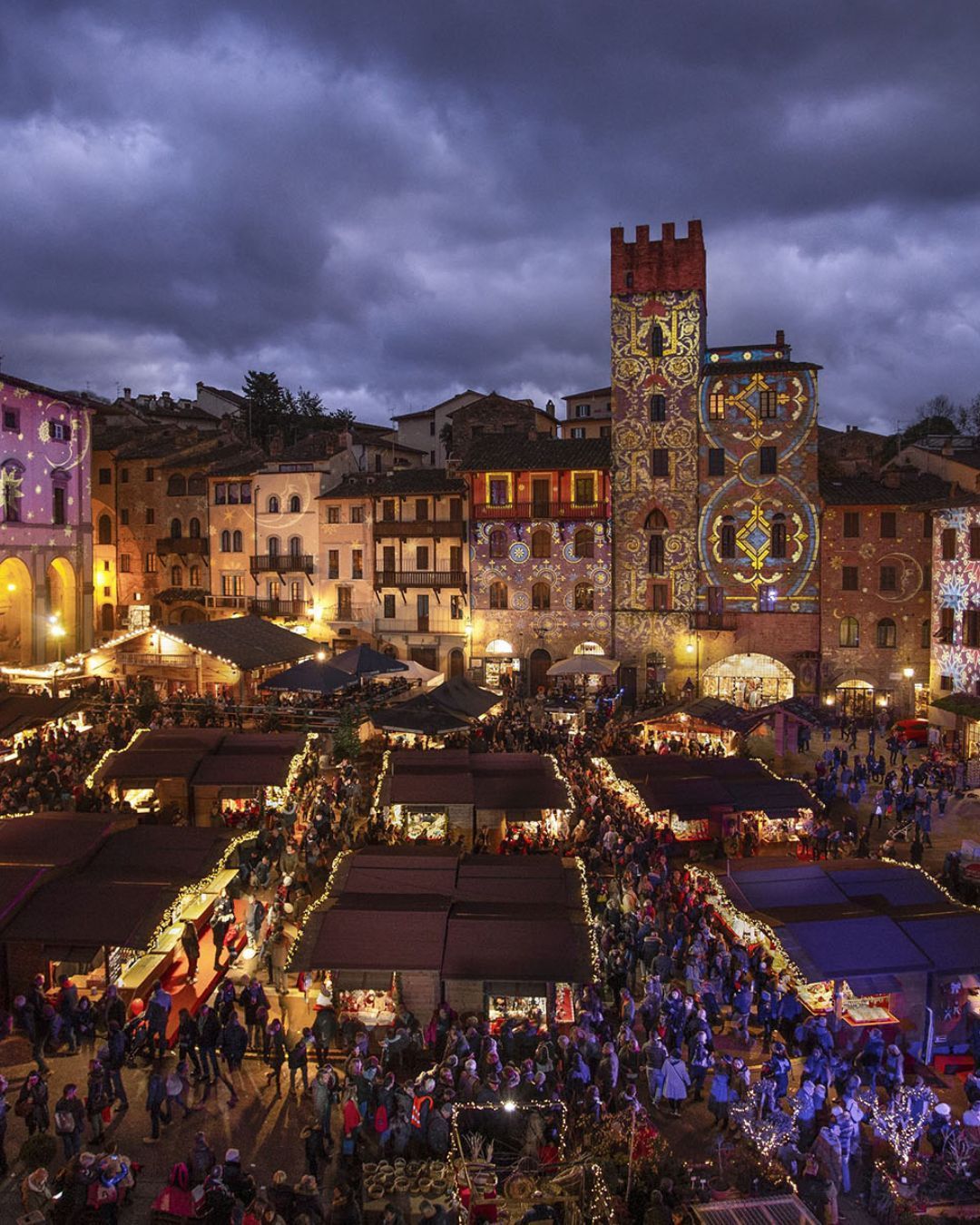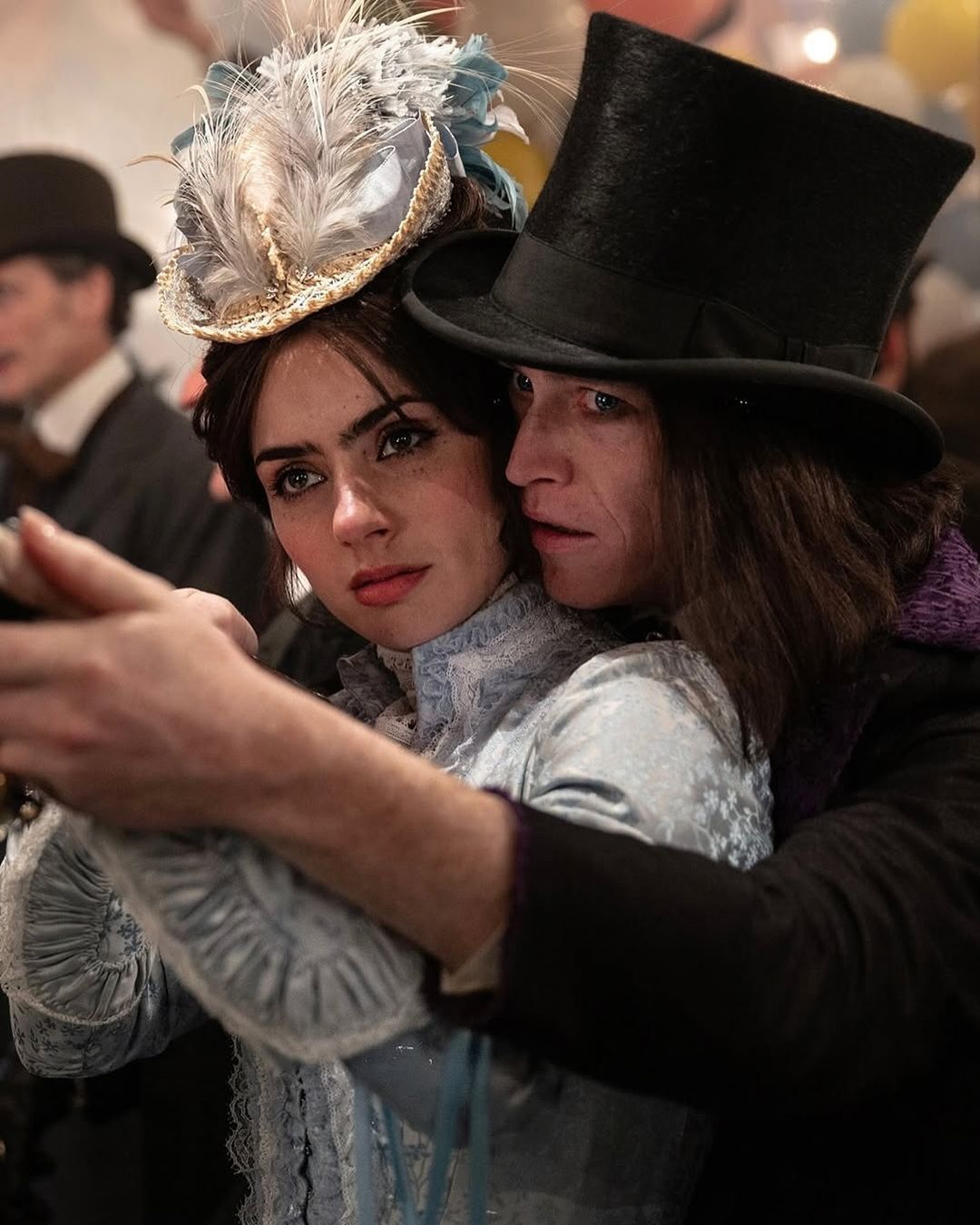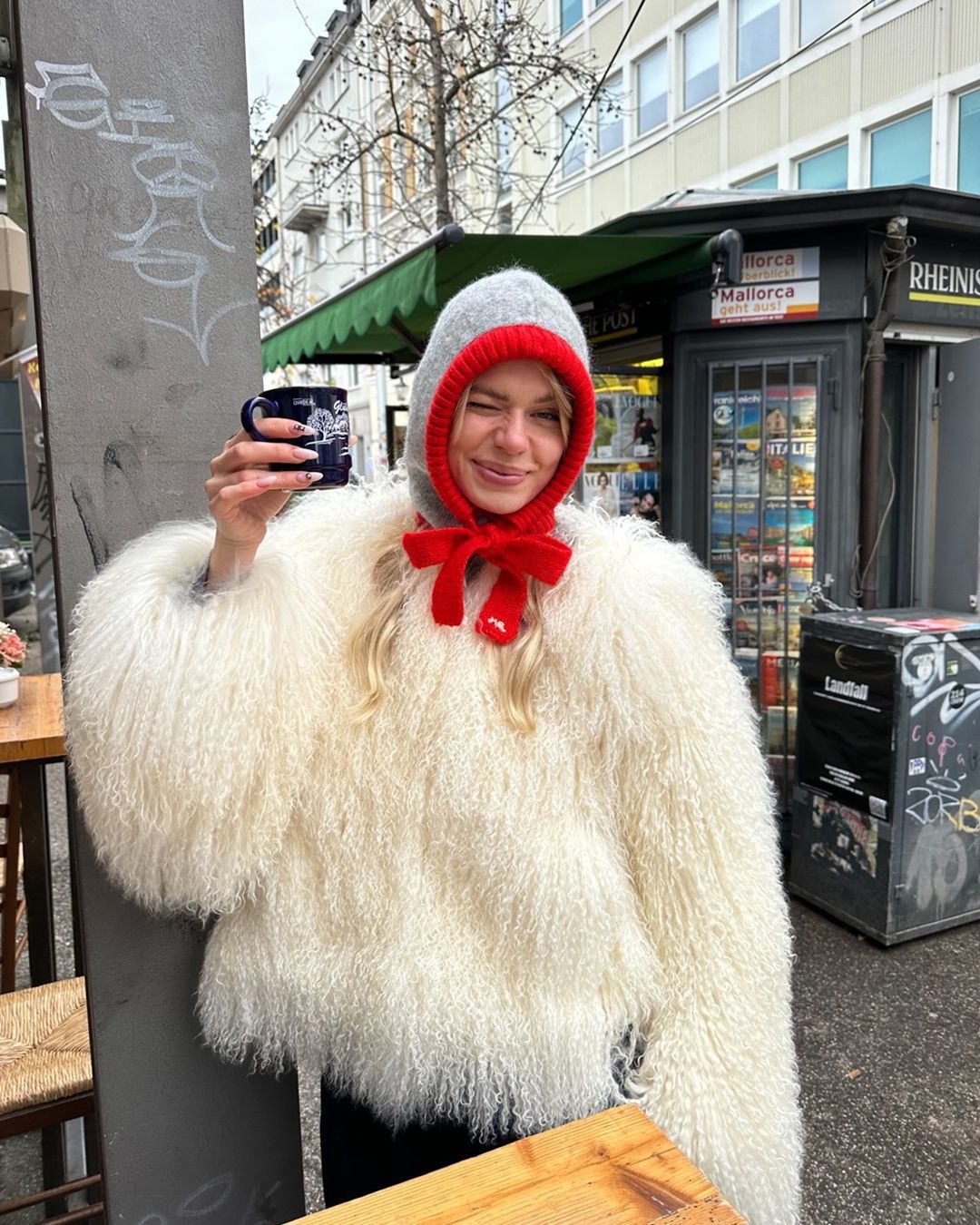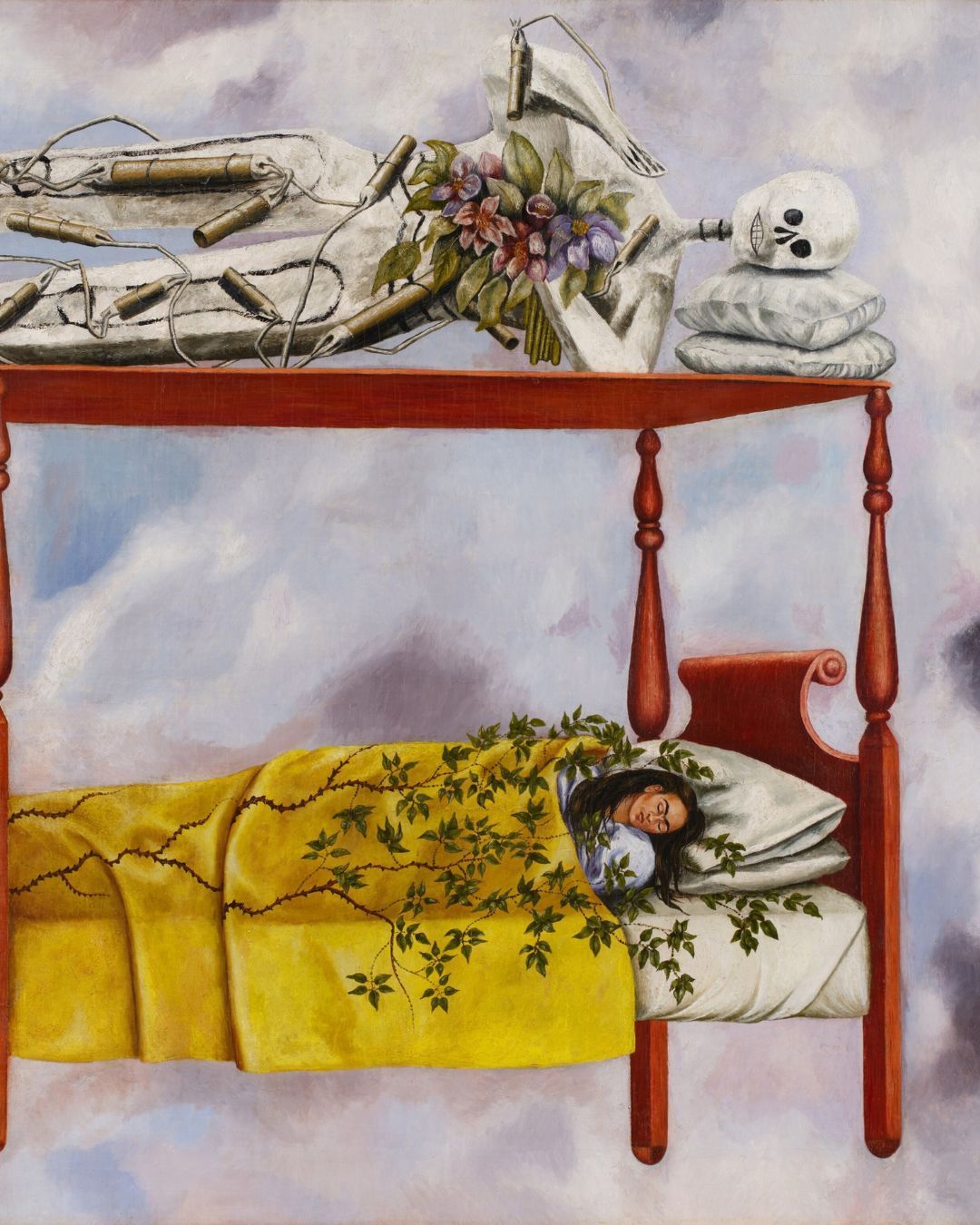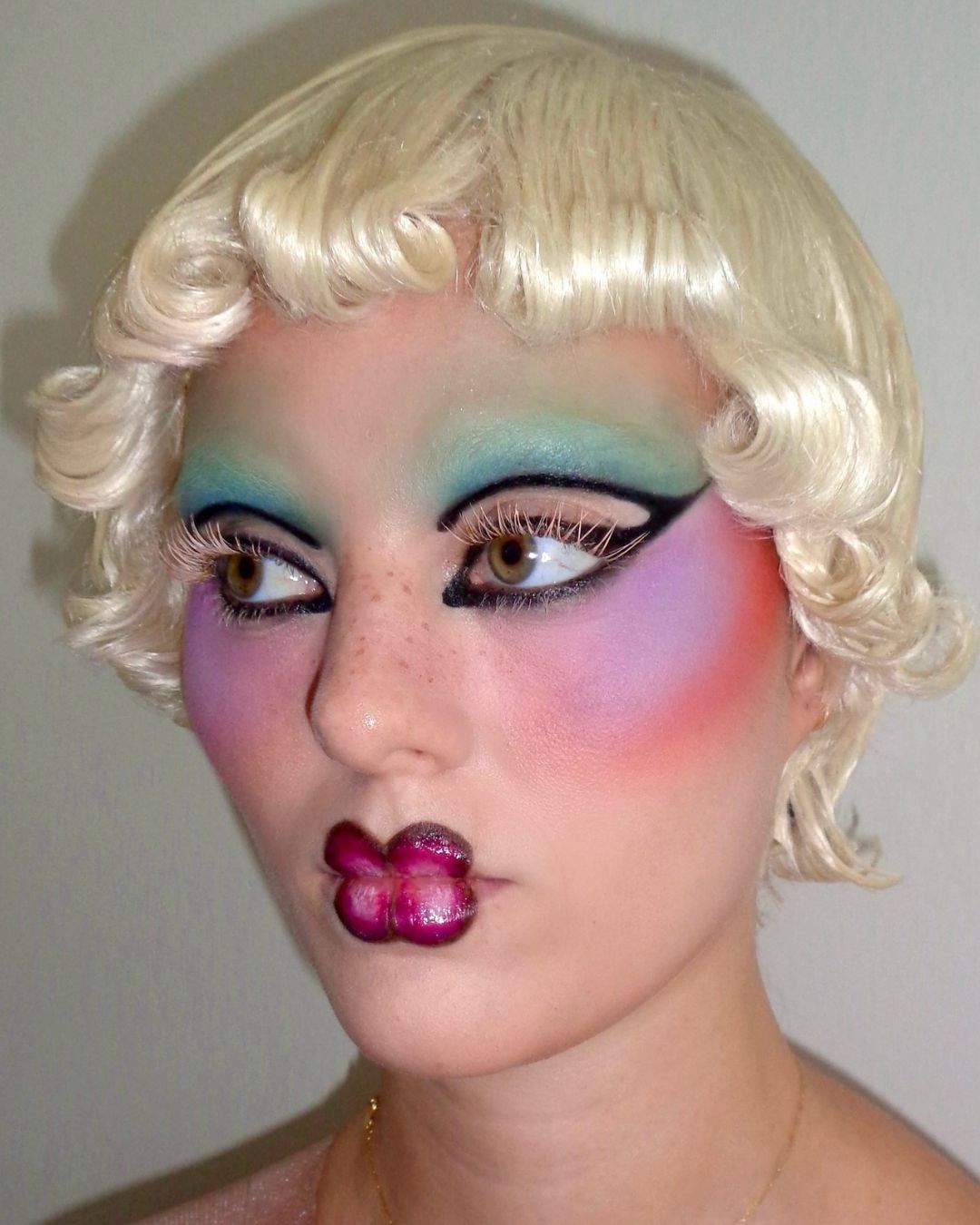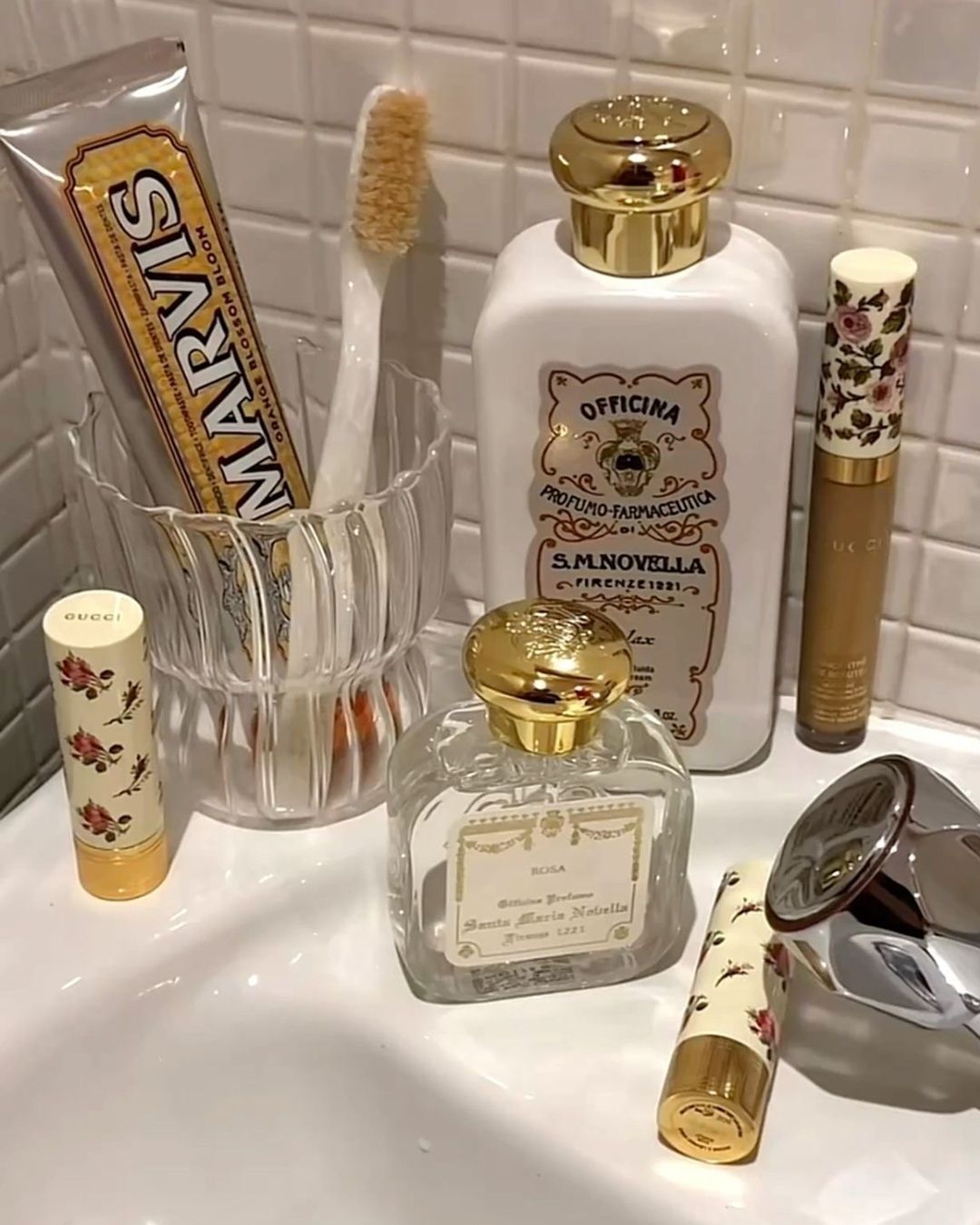
2025: the year of heritage maximalism A bold shift from clean and minimal design
In recent years, especially during and after the pandemic, the most widely adopted trend has been a minimalist approach, from clean-girl, very popular among smaller brands that follow a D2C (direct-to-consumer) model and initially gained traction through social media. One brand that entered the market with a minimalist approach is Refy Beauty, a beauty brand launched in 2020 by influencer and entrepreneur Jodie Tompkins. The brand stands out for its clean aesthetic and geometric shapes, initially gaining attention for offering just a few high-quality products with sophisticated and understated packaging. Today, however, the clean aesthetic is less dominant among leading beauty brands, especially in retail settings.
Consumer preferences: minimalism or maximalism?
Some consumers prefer simplicity. They are drawn to sleek, understated packaging that even complements their bathroom or vanity design. On the other hand, some mass-market product users are more attracted to vibrant packaging, designs that stand out on shelves and, most importantly, tell a story—stylized typography, oversized and unique packaging. This is because, for the final consumer, it feels almost like owning a personalized item, something that aligns with their tastes and resembles limited editions.
The marketing behind maximalism
The ideal packaging should convey a brand’s mindset and production style even before the customer purchases and uses the product. Just like movie posters: subtle cues and almost subconscious expectations are tied to color choices and layout. Maximalist designs go further: they evoke emotions and make us feel that a product is something out of the ordinary. Perhaps this is why they have become so popular.
Maximalism makes you want more. It suggests that you're getting a lot from a product, something both bold and practical. On a psychological level, it appeals to those who aspire to success and to those who desire products that make them feel rich and extravagant. Many brands embrace maximalist design because it helps them stand out on crowded shelves, where every product is competing for the consumer’s attention.
@anilaaaaaaaa My beloved vintage vanity cases and their contents
Falling for You Again - Piano Gritz
Beauty brands that have won us over with their packaging
Proud representatives of bold and intricate packaging include brands such as Gucci Beauty, L'Occitane, the French body care and fragrance house, Flower Knows, the Chinese brand that has taken the internet by storm with its dreamy, fairy-tale branding, and Officine Universelle Buly, which carries forward the heritage of beauty with a nod to past excellence.
@orenmeetsworld Let’s talk heritage maximalism as a design style and Officine Universelle Buly #officineuniversellebuly #graphicdesigntiktok #brandstrategy #creativedirector original sound - Oren John
Gucci Beauty
Under the creative direction of Alessandro Michele, Gucci became known and loved for its eclectic and maximalist aesthetic, sparking both admiration and critique from fashion critics and consumers alike. Despite the shift under Sabato De Sarno, the Italian fashion house’s beauty packaging still retains that unique vintage allure.
Marvis
Marvis packaging is elegant, distinctive, and easily recognizable, blending vintage and modern styles. This toothpaste brand is known for its use of bold colors and eye-catching graphic designs, evoking a regal, retro atmosphere. Another key feature is the brand’s attention to limited editions. The current one is garden-inspired, featuring flavors like osmanthus, lily, and rose. Marvis has now become a premium product, undeniably a symbol of heritage maximalism, making daily routines feel a little less mundane.
Officina Profumo-Farmaceutica Santa Maria Novella
With an 800-year heritage, this brand is now making waves internationally. Today, it is considered the world's oldest pharmacy, still operating from its original location. Its legacy in the art of apothecary spans eight centuries, deeply intertwined with history, prominent figures, and Florence’s cultural fabric. Officina is now globally renowned for its perfumes, candles, liqueurs, and "ancient preparations."
Maximalism is a growing trend
Maximalism could truly become a rising trend in packaging design, especially as consumers move away from overly rigid minimalism and return to a desire for bolder and more personal visual expression. Several factors suggest maximalism may gain traction:
- Visual saturation: In a commercial landscape where every product is vying for attention, maximalism—with its vibrant colors, rich textures, and distinctive shapes—can help a product stand out.
- Desire for uniqueness: Consumers, especially younger ones, are increasingly drawn to personalization and originality. Maximalist packaging allows brands to showcase a strong and unique personality.
- Emotions and storytelling: Maximalism can evoke strong emotions through the use of bold graphics, intricate patterns, and vibrant colors. This type of packaging enables brands to tell deeper stories, making consumers feel part of something bigger and more captivating.
- Rejection of standardization: Consumers are starting to perceive minimalist design as too universal, while maximalism brings an air of creativity and craftsmanship that can reignite interest.
Maximalism won’t completely replace minimalism. Rather, it may coexist with it, carving out a space for brands that dare to be bolder, as well as for niche markets that require immediate impact—such as luxury packaging, special collaborations, and premium products.

